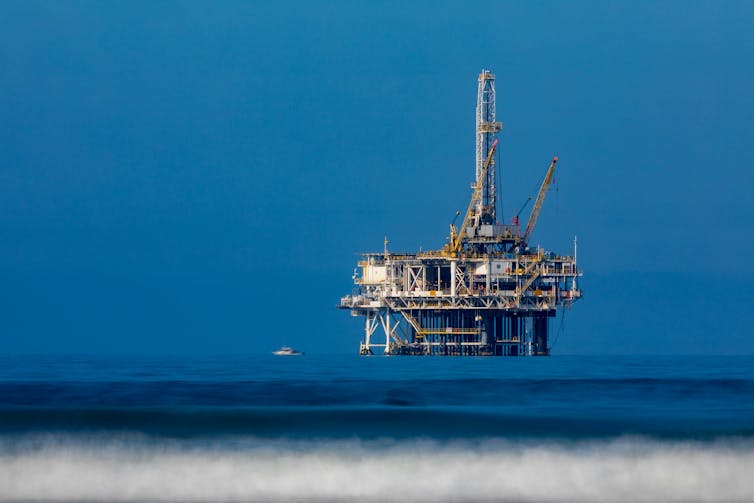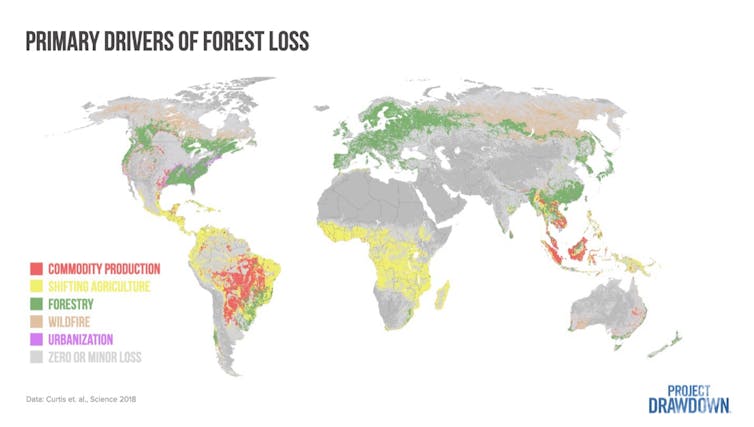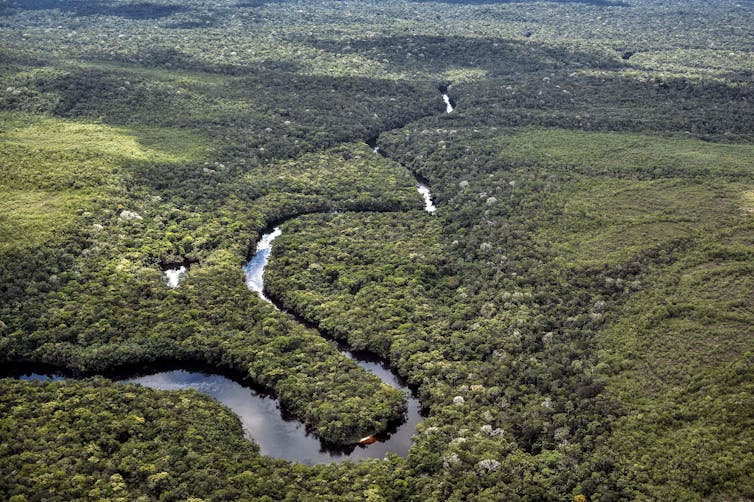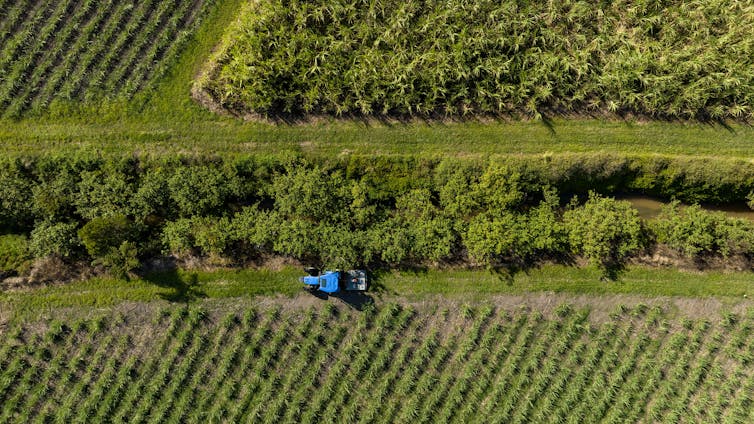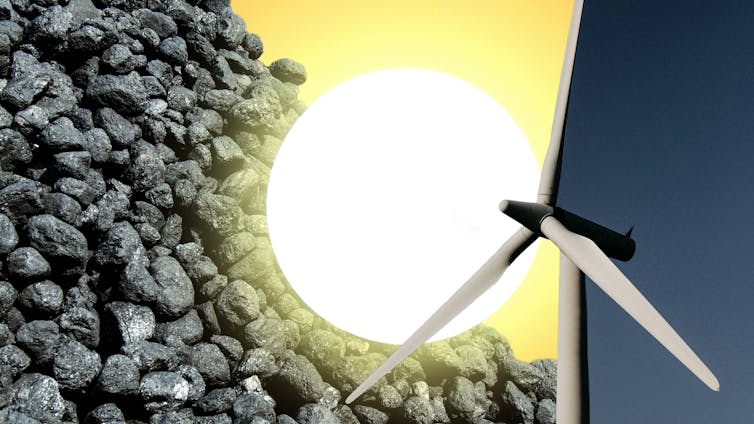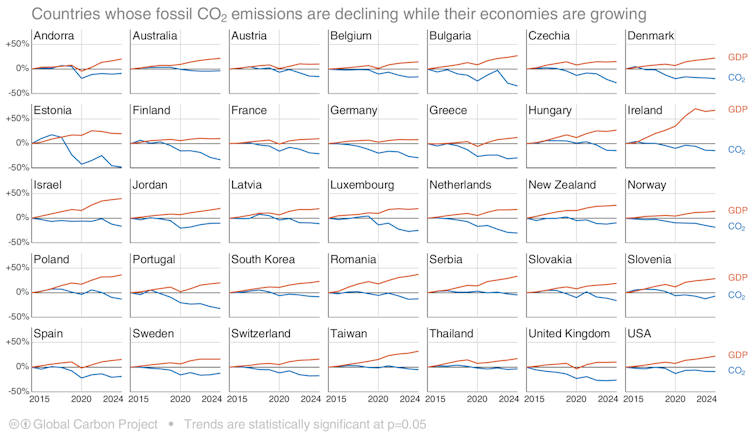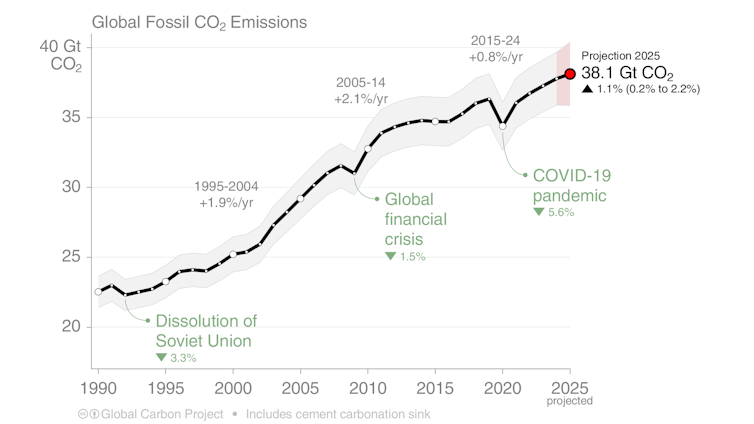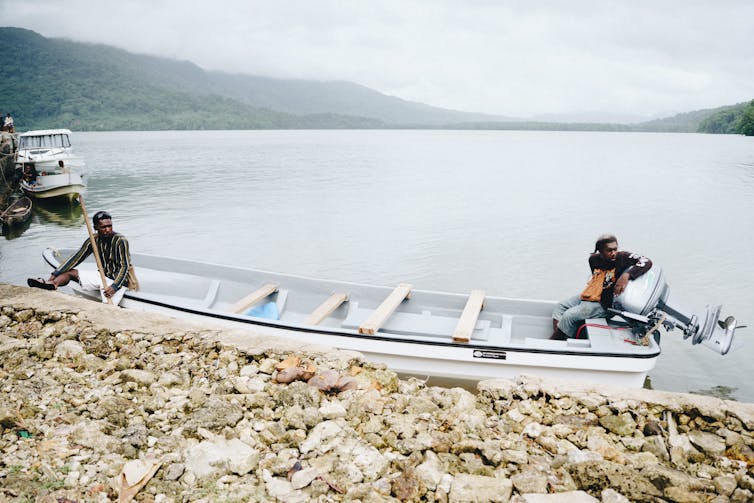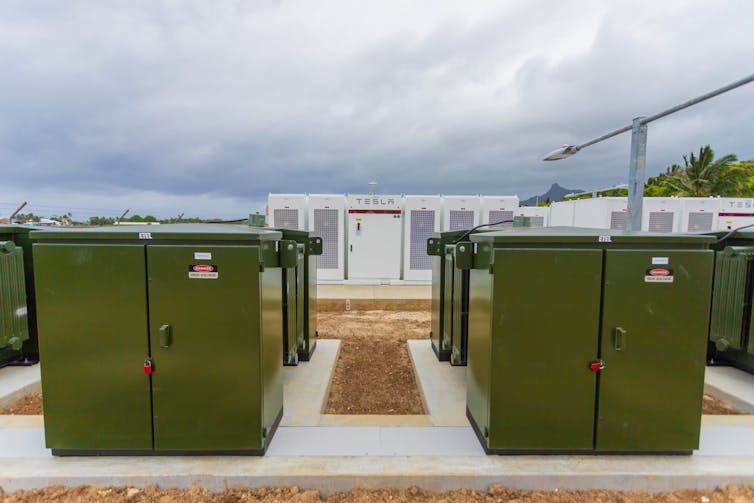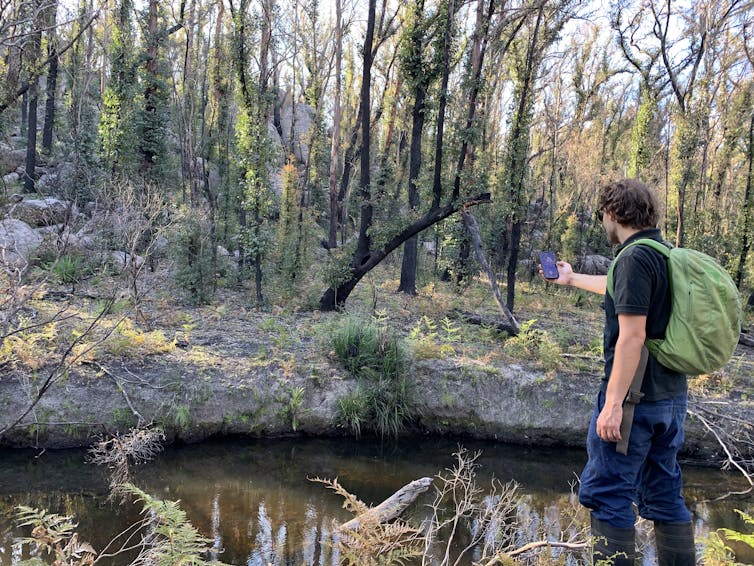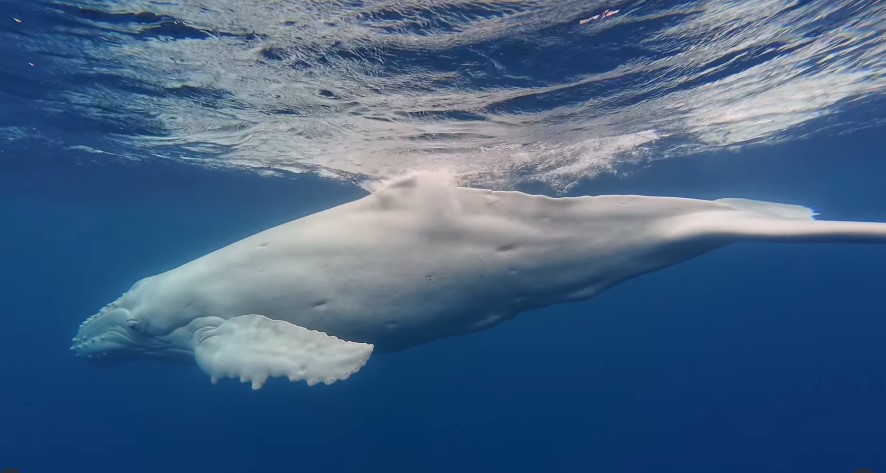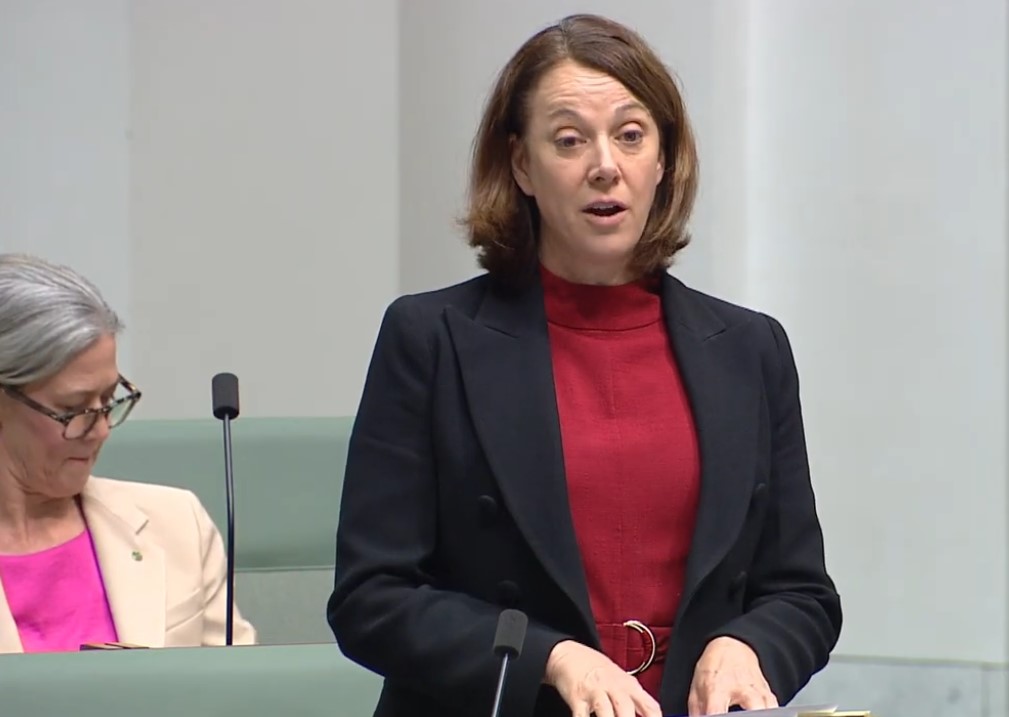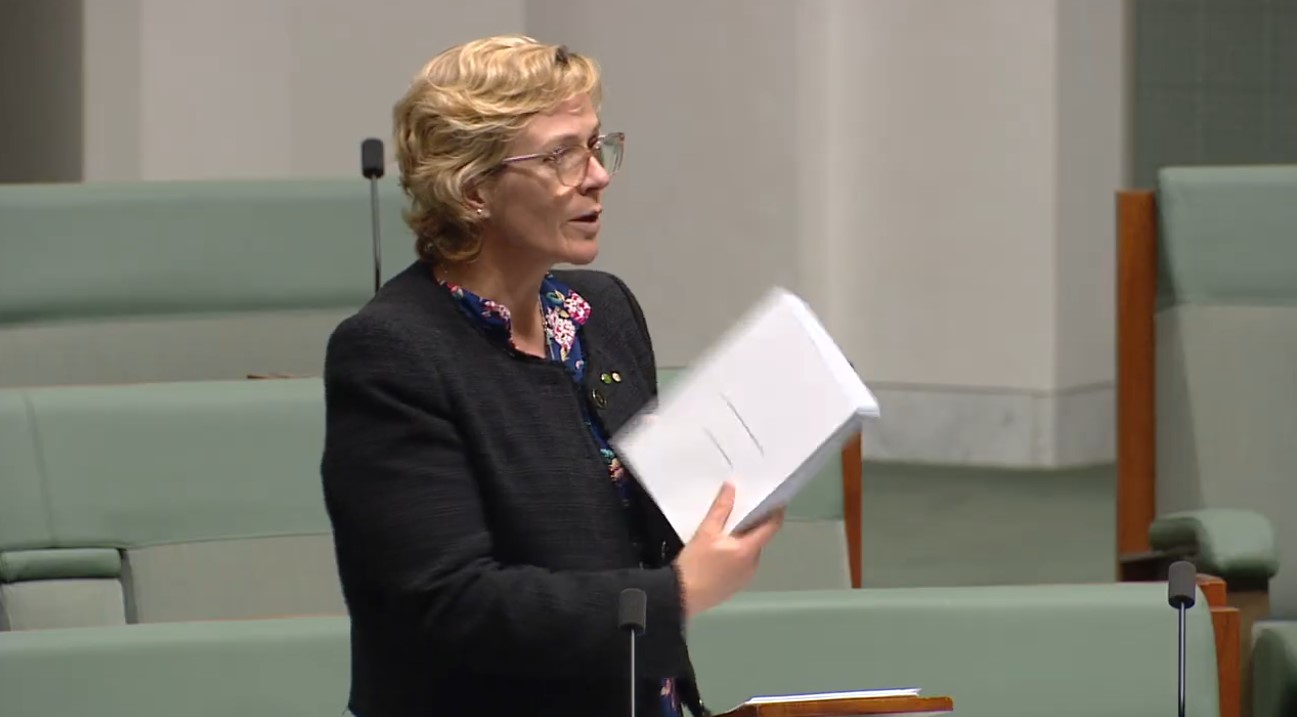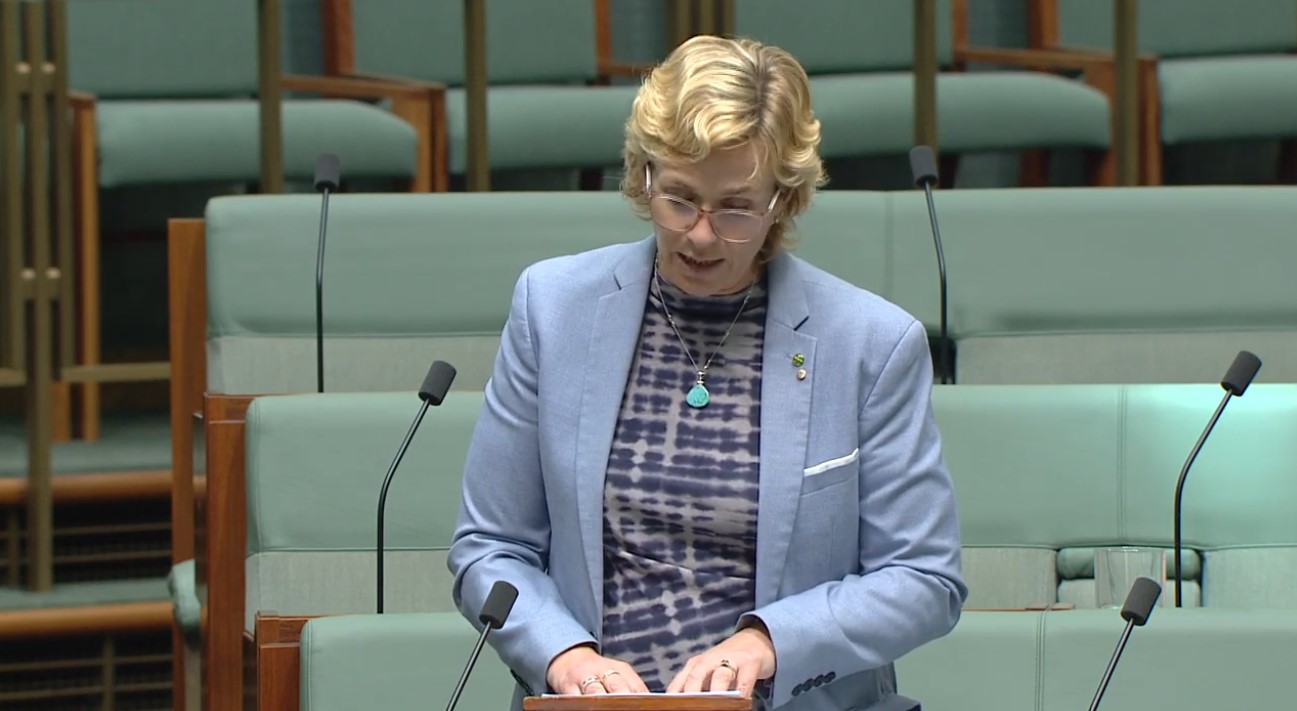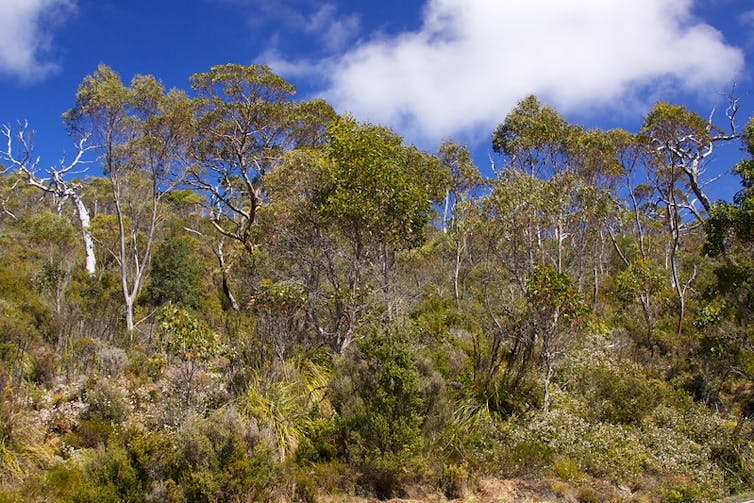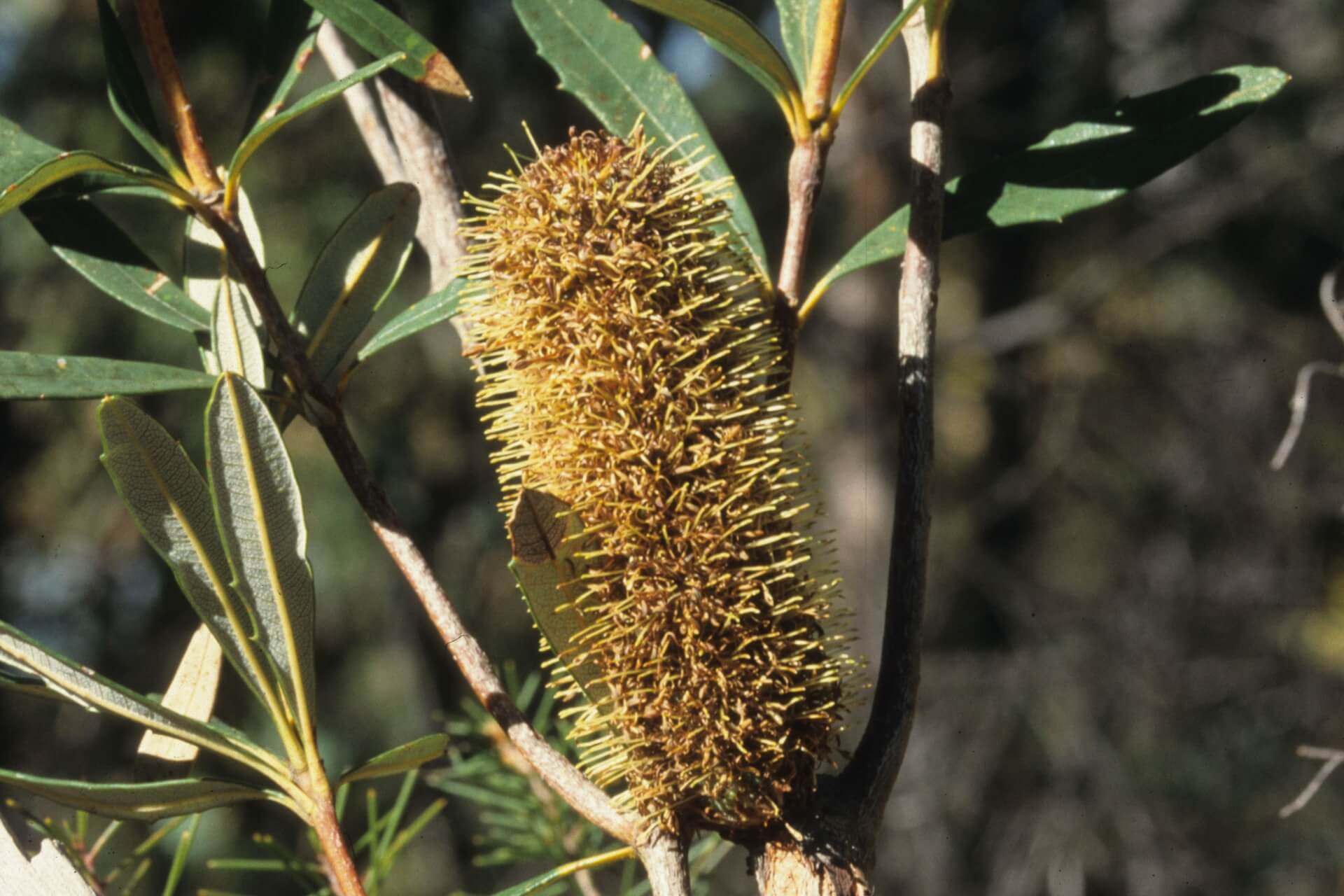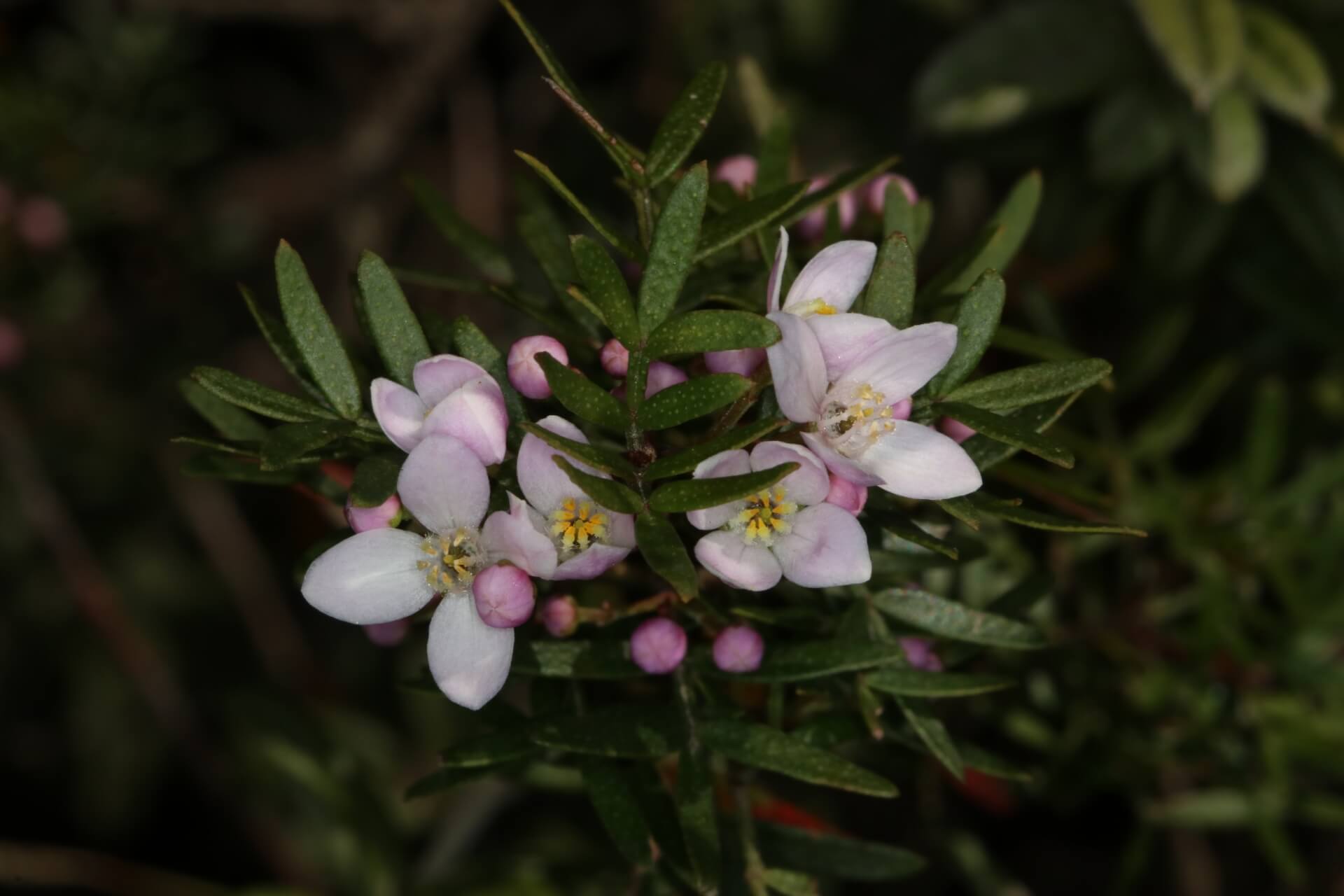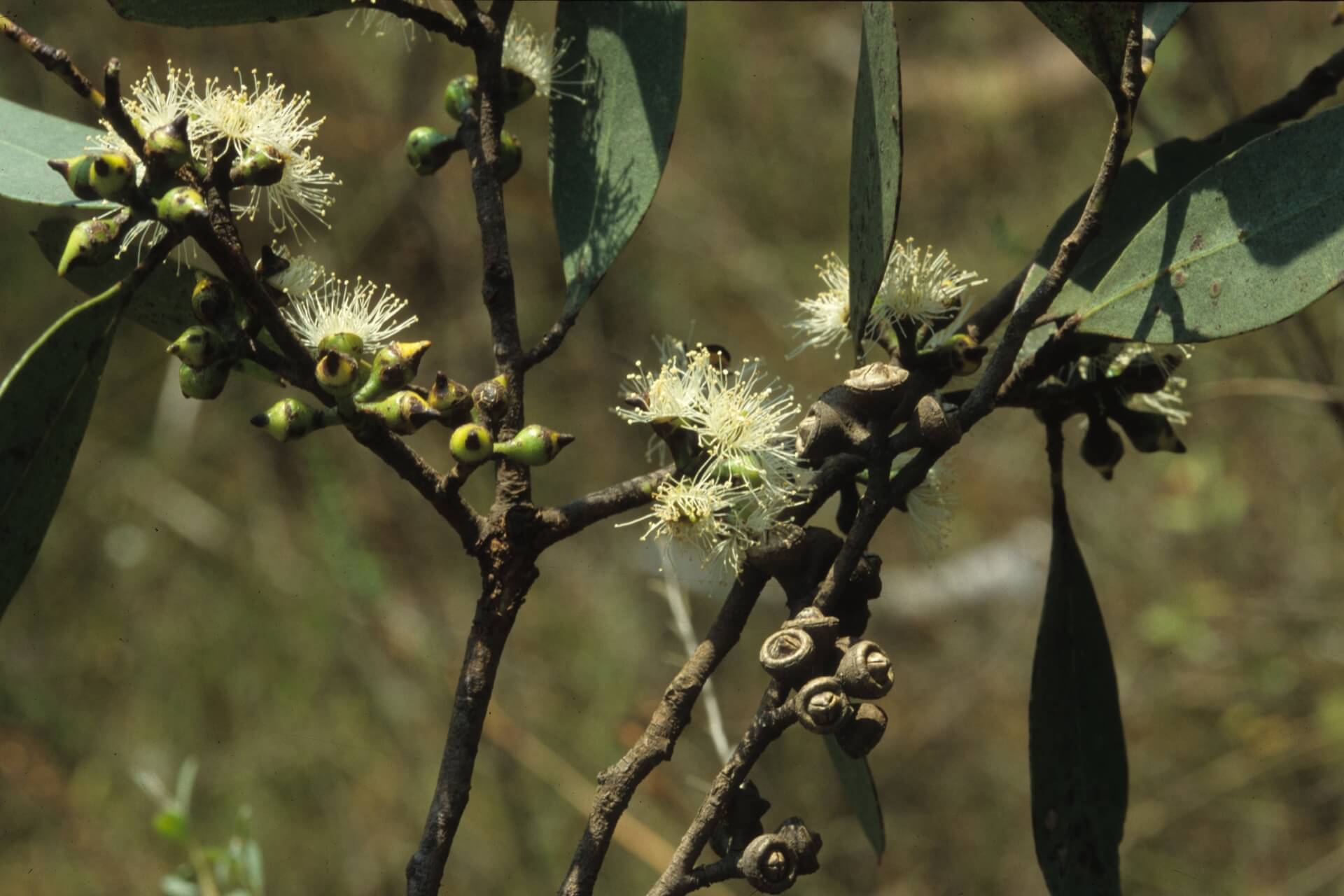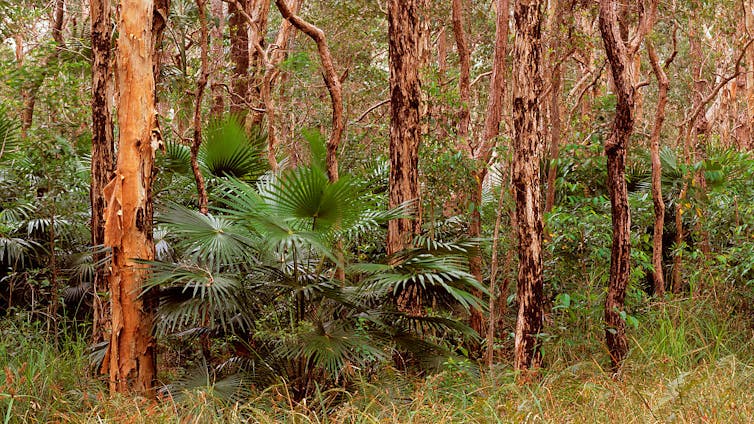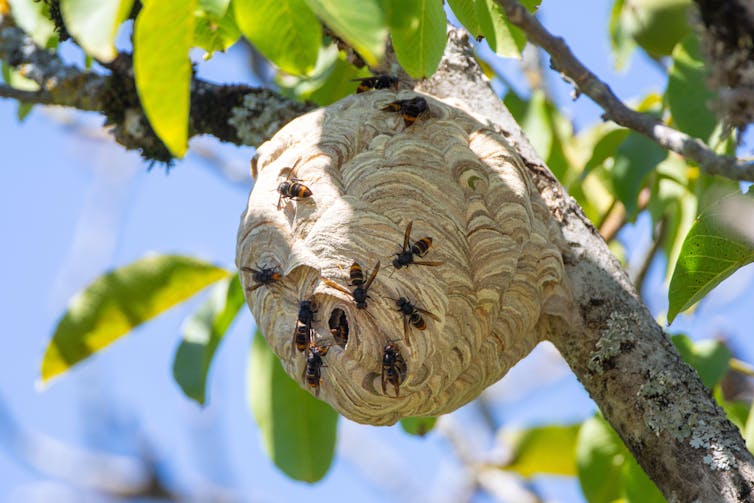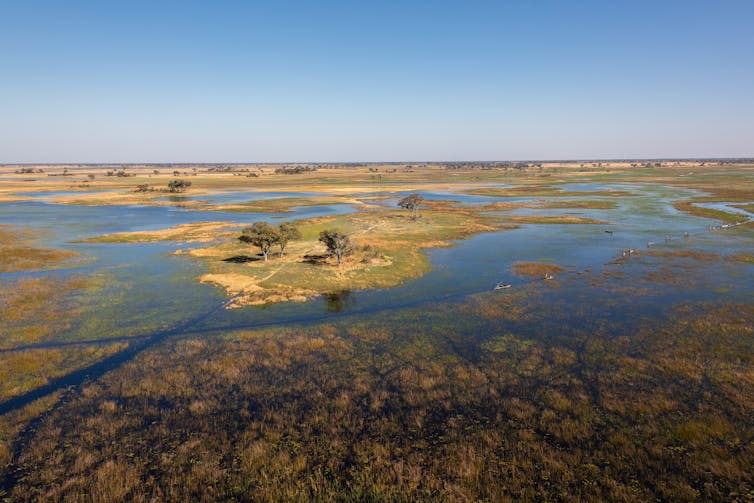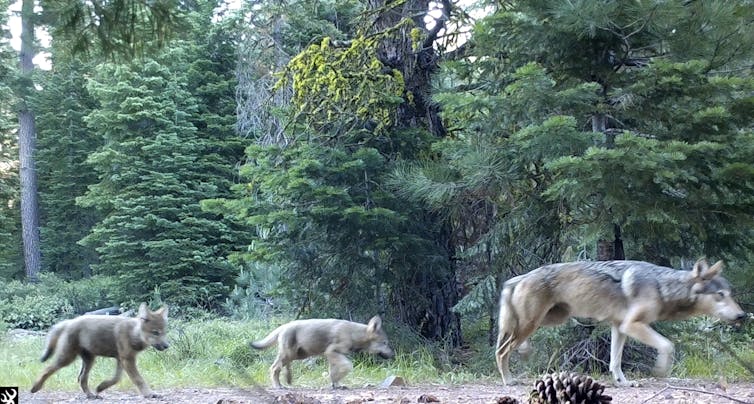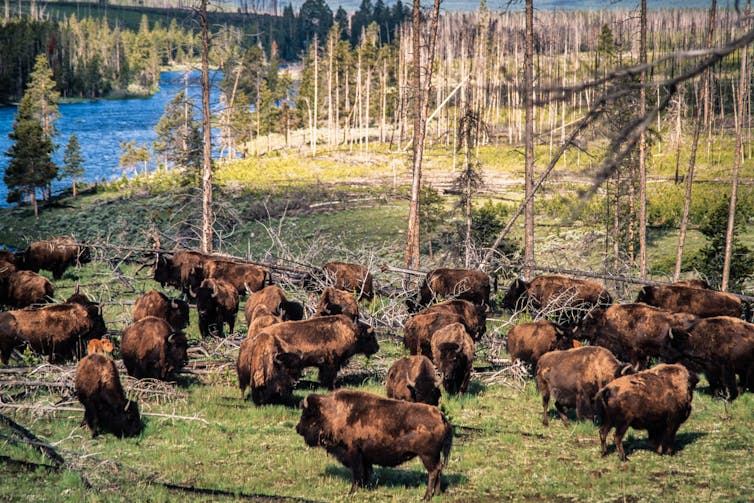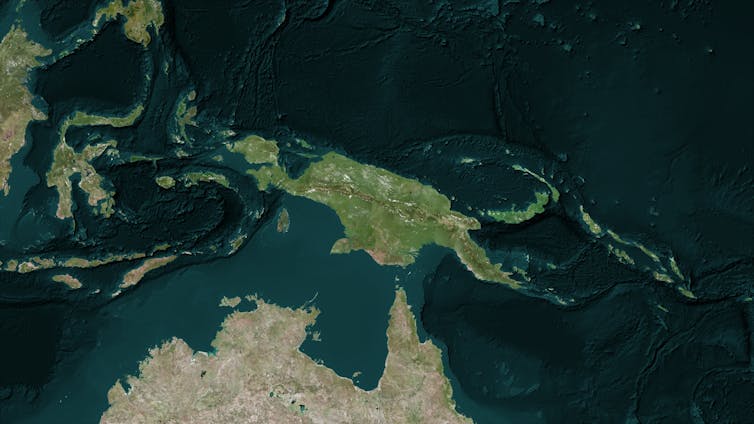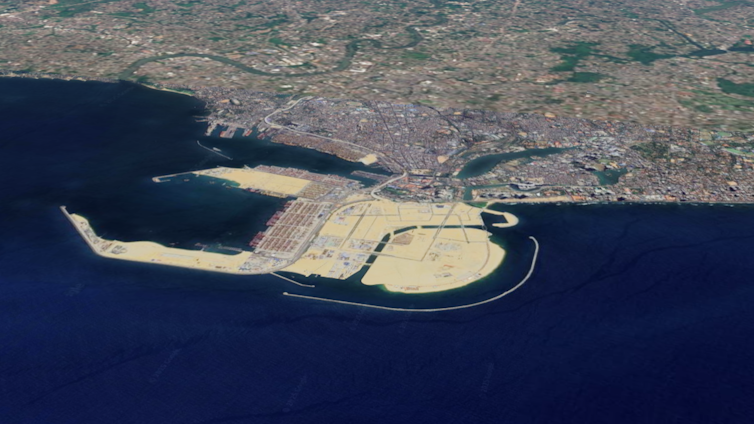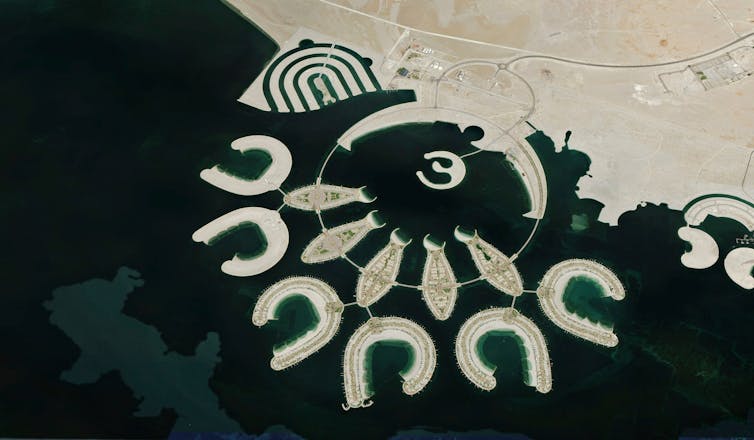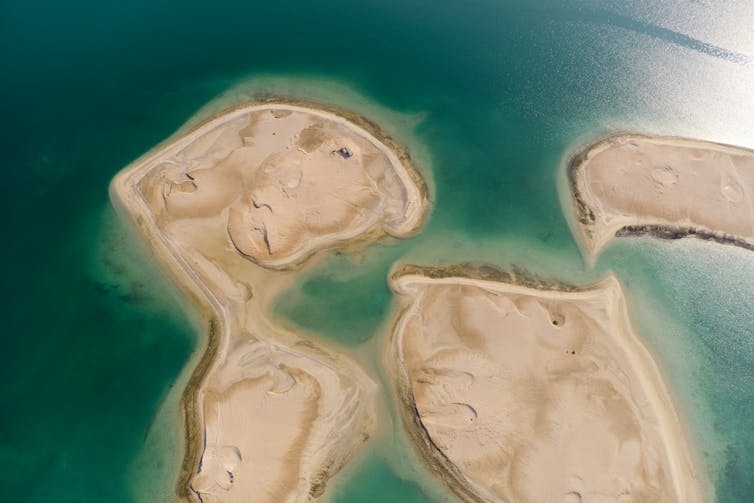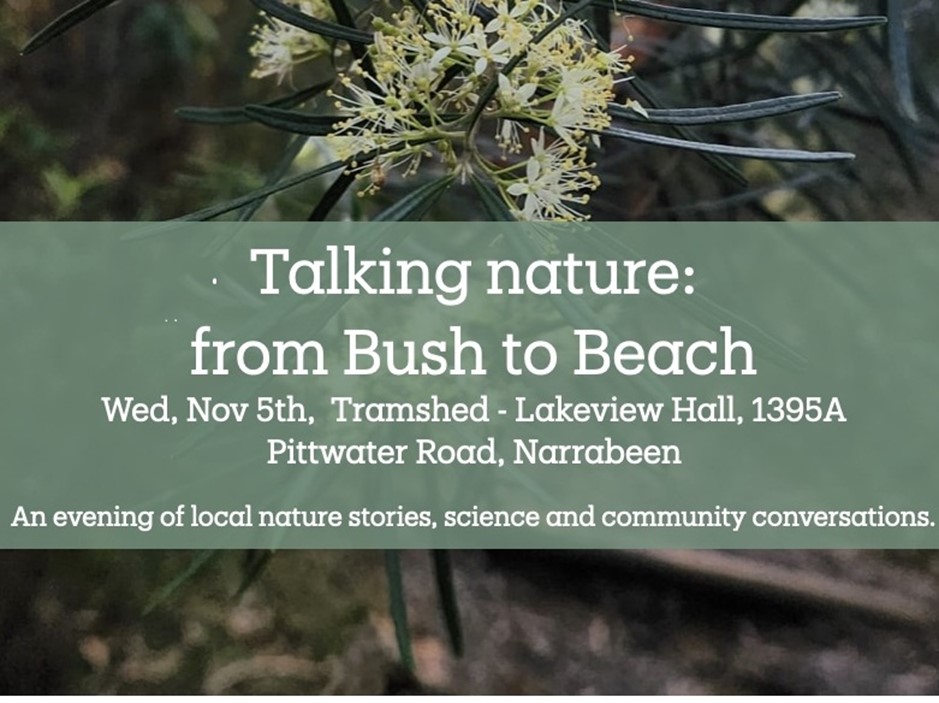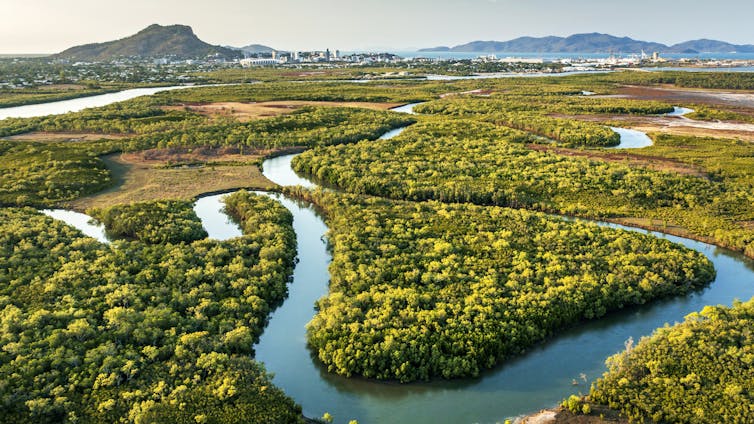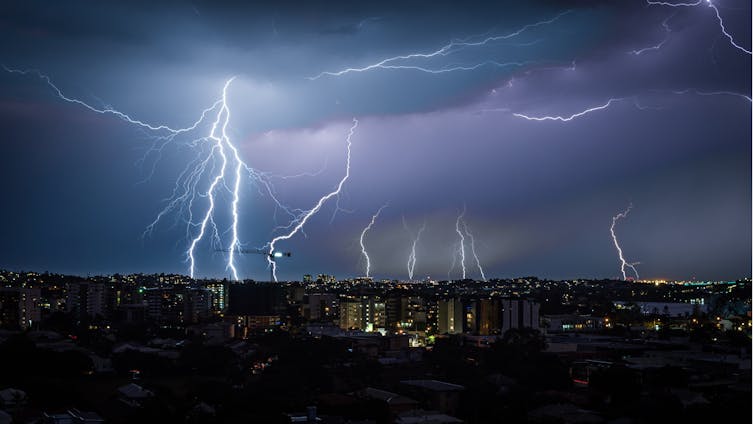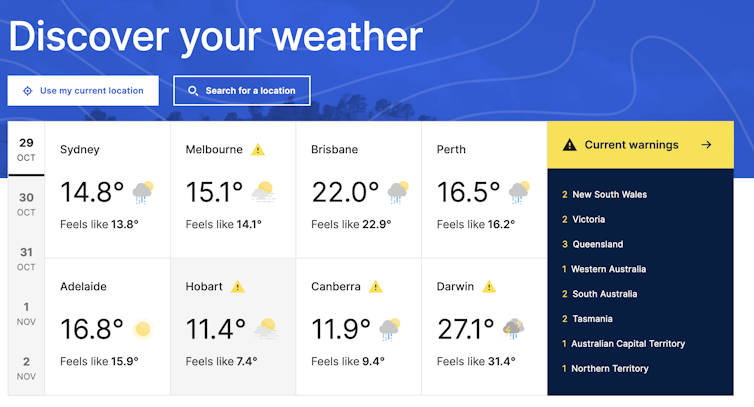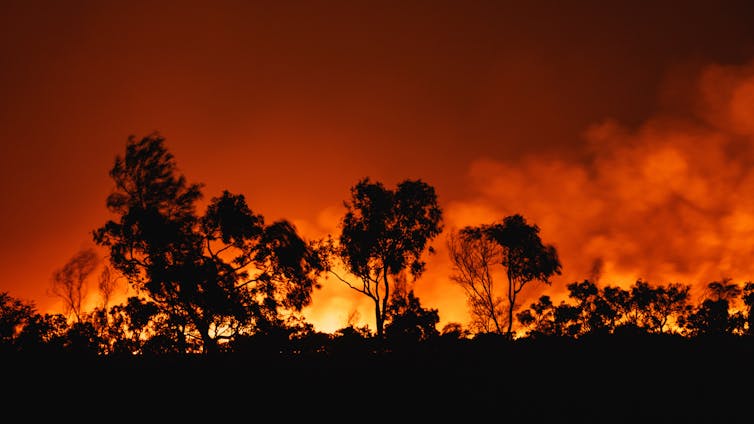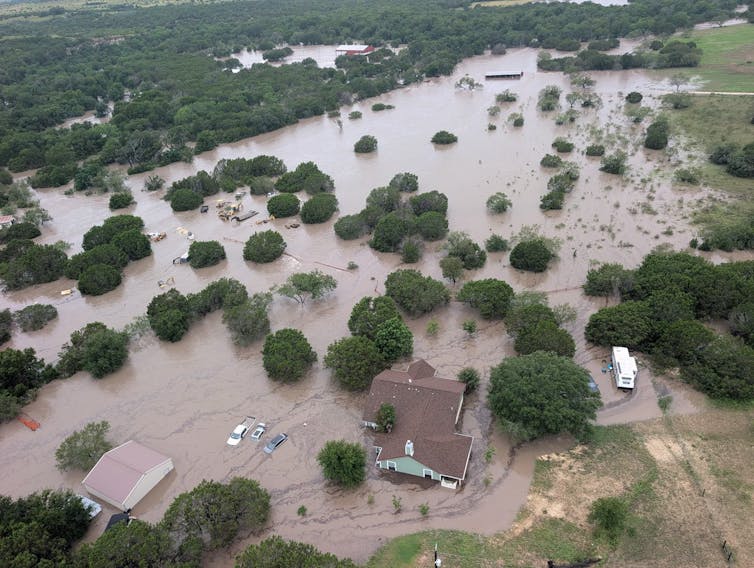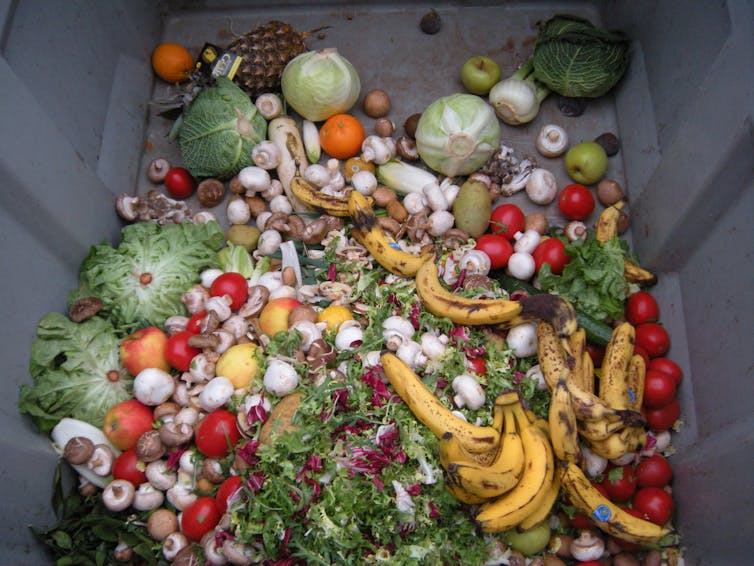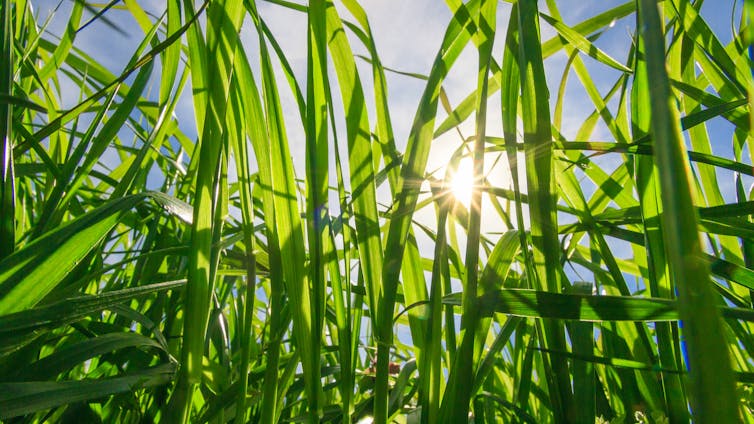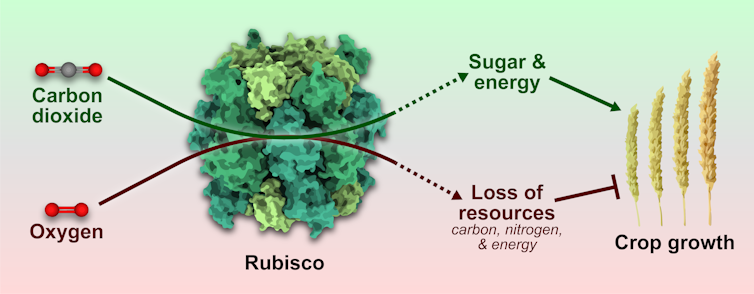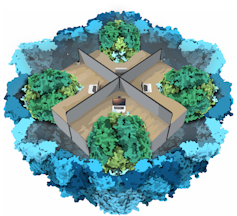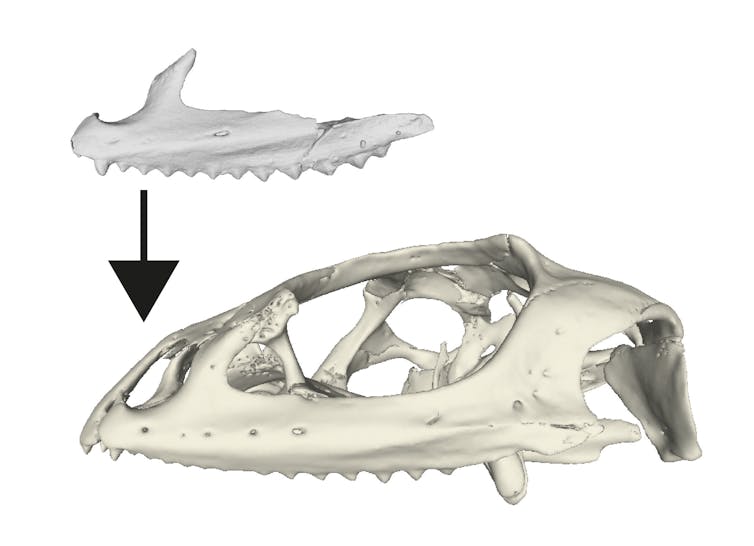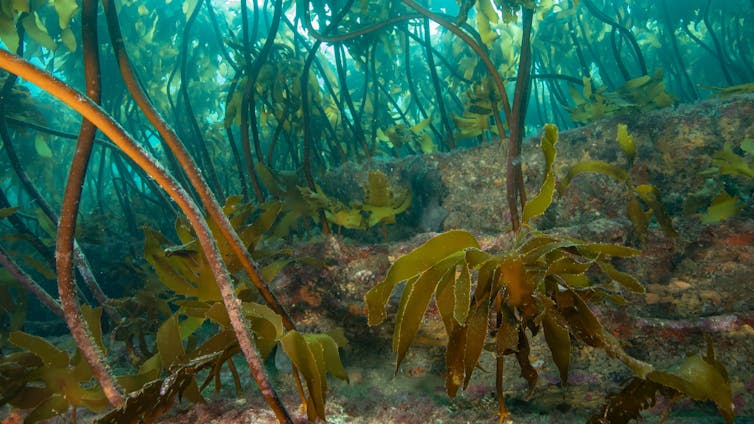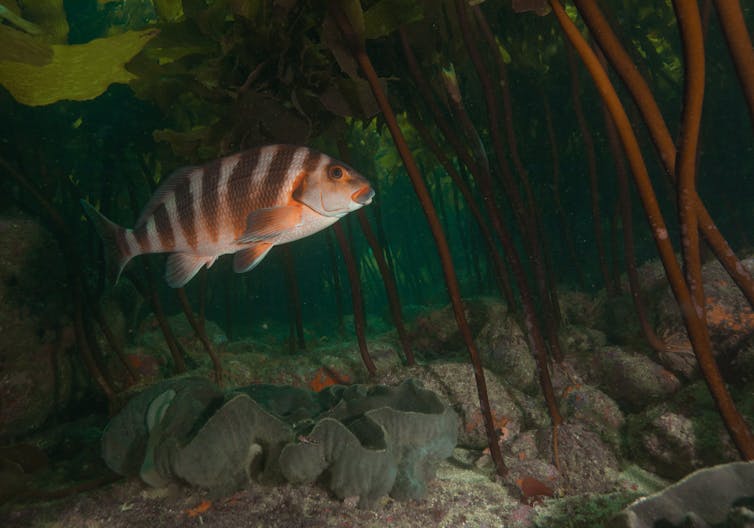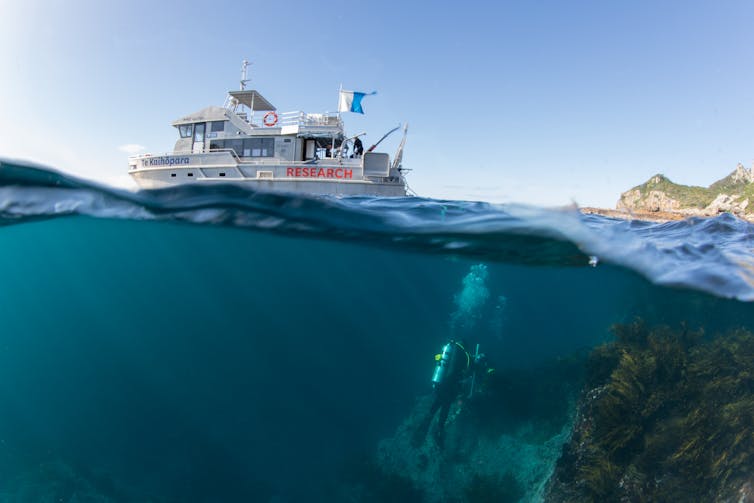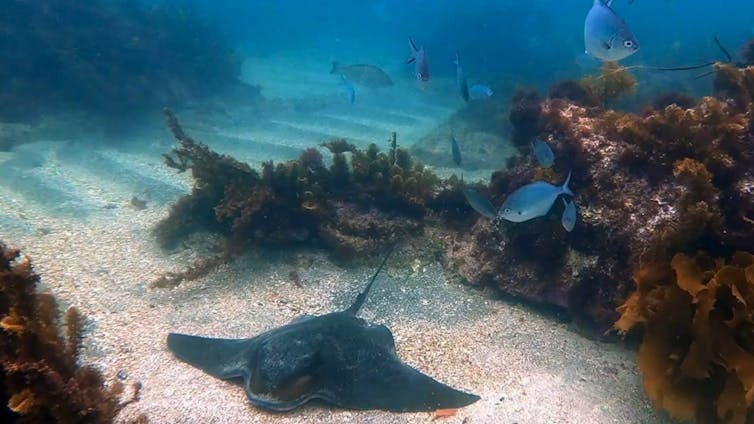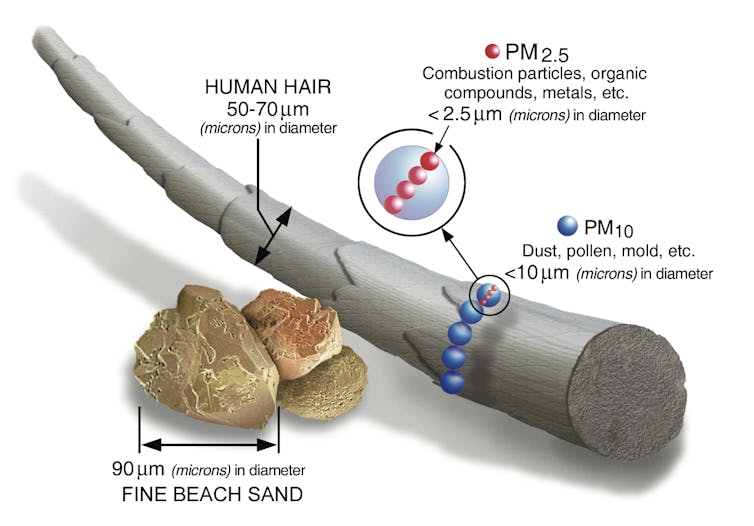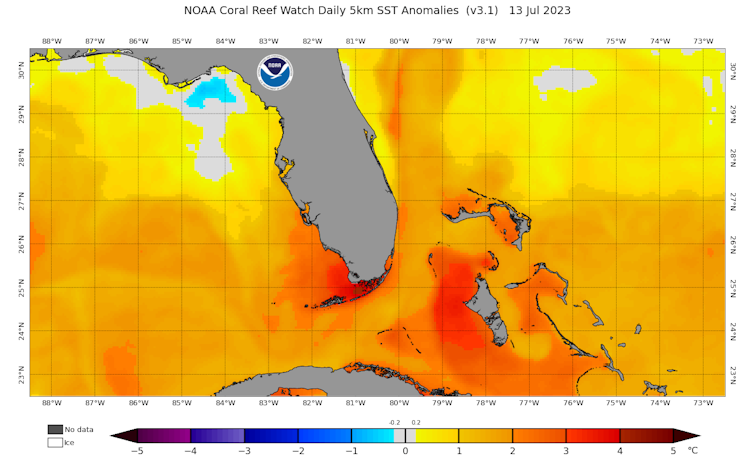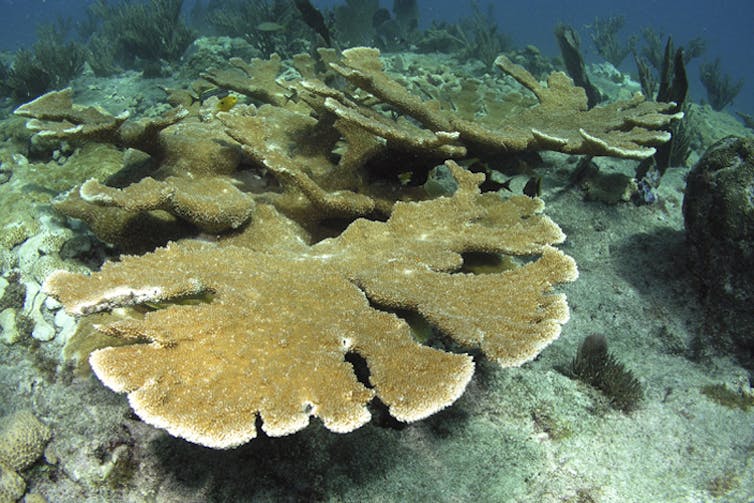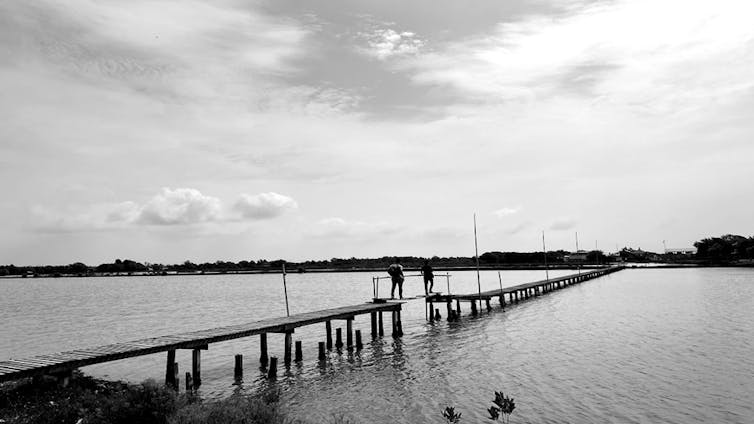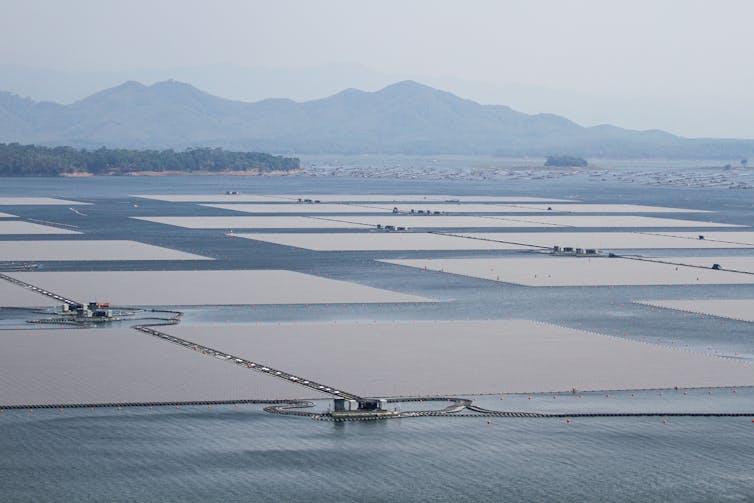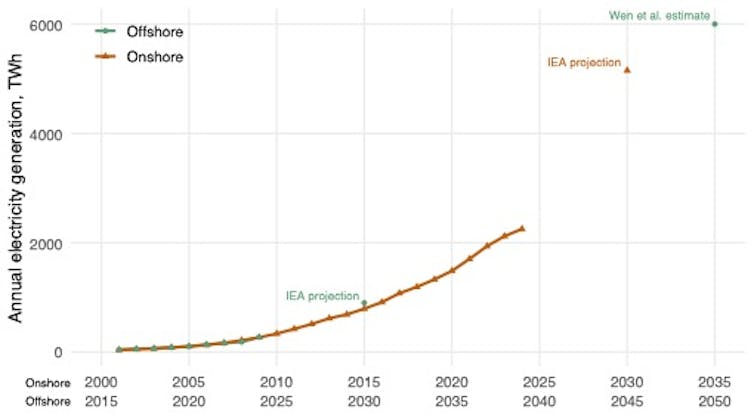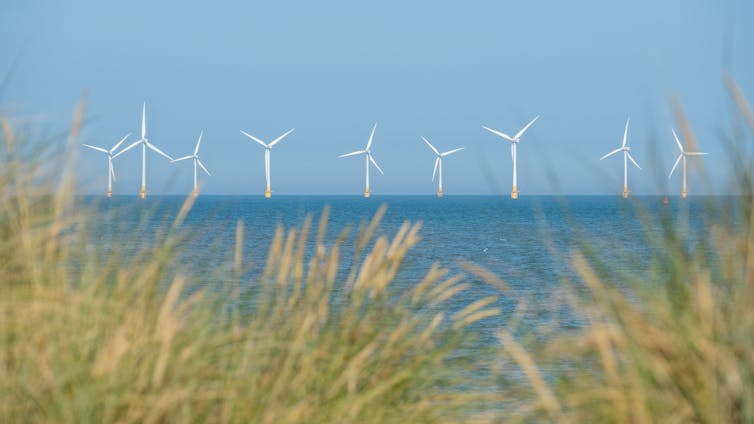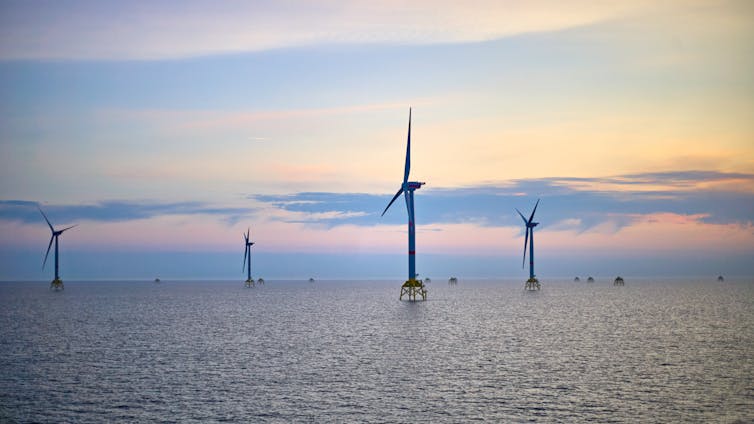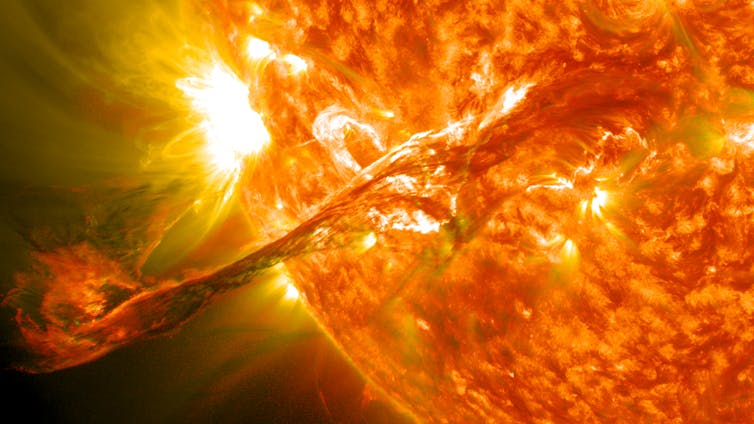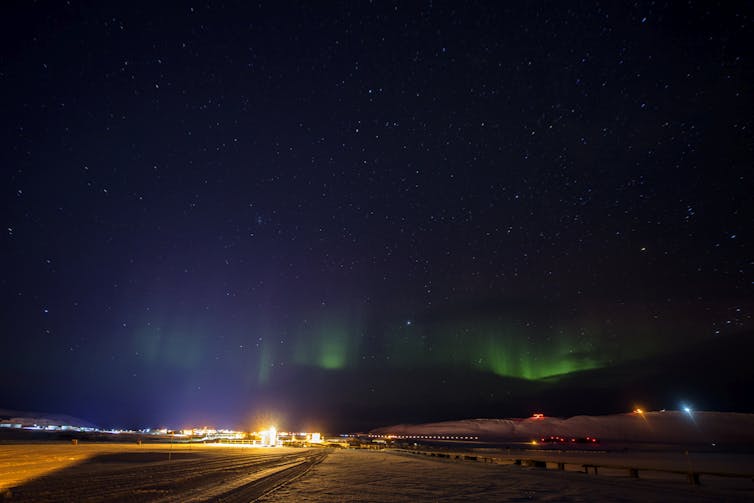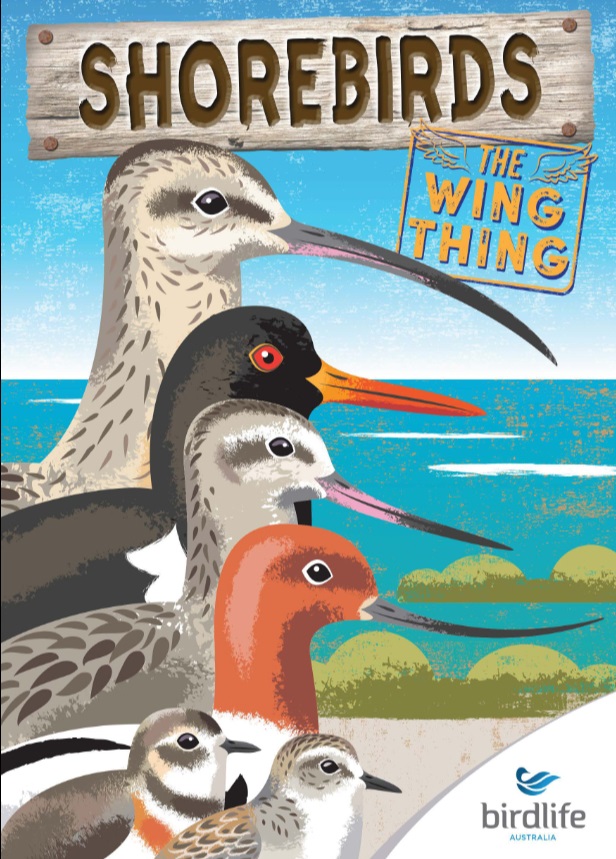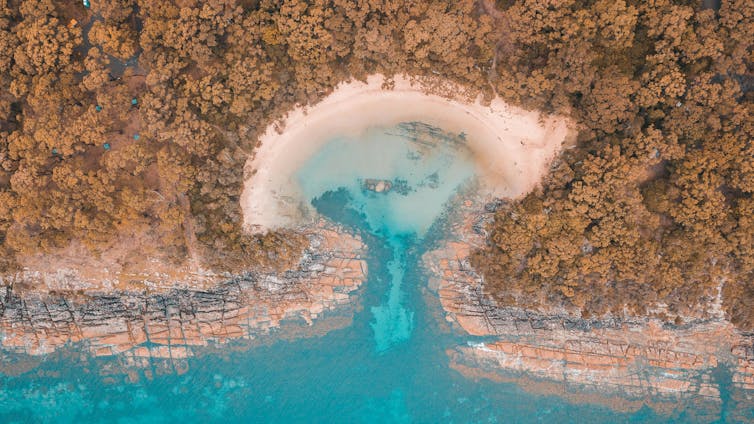
Today is a landmark day for environmental law. After years of false starts and abandoned promises, Labor has finally struck a deal with the Greens to pass long-awaited changes to the federal Environment Protection and Biodiversity Conservation Act. The laws are expected to pass the Senate today – the final parliamentary sitting day of the year.
Change is long overdue, as the 25-year-old laws have been shown to be not fit for purpose. Australia’s unique species and ecosystems are in real trouble. Threatened species populations are falling year after year, while climate change is driving species to extinction and ecosystems towards collapse.
Significantly, neither Labor nor the Greens are declaring the bill a complete success. In its second reading today, Labor Senator Michelle Ananda-Rajah described the bill as “not perfect”, while the Greens described it as falling “woefully short” on climate.
Environment Minister Murray Watt was negotiating with both the Coalition and the Greens to pass the laws. While the Greens agreed to the deal and extracted key concessions on native forest protections, Watt has left some wins for business and the Liberal Party.
The compromise deal is indeed far from perfect. But after five years of stalled reforms, it’s clear significant compromise was the only way for the laws to pass.
What was in the original reform bill?
In late October, Labor introduced reforms that proposed a slew of changes to existing environment laws.
These included provisions for:
- making national environmental standards to guide decision-making
- a new federal environmental protection agency
- planning at a bioregional scale to assess cumulative damage across a landscape
These changes were broadly positive. But other elements raised considerable concern, namely:
- considerable ministerial discretion over whether to apply the new national environmental standards to development applications
- a wide-ranging national interest exemption allowing the government to fast-track projects in the undefined “national interest”
- fast-tracking for some decisions
- allowing developers to pay into a “restoration fund” to compensate for biodiversity loss despite evidence it worsens biodiversity loss
- excluding native forest logging from Commonwealth oversight
- plans to devolve environmental decision-making to states, with the pro-mining and anti-regulation Western Australian government the first in line.
The original 500-page draft bill had areas of considerable uncertainty, such as requiring the minister to knock back developments if satisfied they would have “unacceptable impacts”. The idea was sound: create red lines where projects don’t have to be considered if damage to the environment would be too great. But the definitions were confusing and subjective.
For instance, an “unacceptable impact” on a critically endangered species was defined as one that “seriously impairs, will seriously impair, or is likely to seriously impair” species viability. But “seriously impair” was nebulously defined as “something if, compared to the action not being taken, the impact results in the thing being seriously altered for the worse”. Industry criticised this for setting the bar too low, fearing it would stop projects in their tracks.
What concessions have the Greens secured?
While the Labor-Greens deal means the bills can now pass the Senate, it hasn’t fundamentally changed what was introduced by Labor. The concessions include:
- better protection for native forests
- banning fast-tracking of new coal and gas projects
- reining in ministerial discretion.
The Greens are claiming their major concession is the removal of a longstanding exemption for the logging industry for areas of native forest covered by Regional Forest Agreements. Forested areas under these agreements currently have no protection from federal environment laws.
Under the changes, these agreements will have to comply with the laws and meet higher standards within 18 months. The deal contains compensation for forestry workers. This is a clear win for the environment.
The Greens also secured modest progress on climate, but far short of their long-sought climate trigger, which was a non-starter for Labor.
Instead, the bill will be amended to remove coal and gas projects from fast-tracked approvals and to prevent the minister from declaring these to be projects to be in the “national interest”.
Crucially, the Greens claim the deal will tighten ministerial discretion. The original reforms said the minister “must be satisfied” a decision is “not inconsistent with” the National Environmental Standards. This gave the environment minister of the day wide leeway to depart from the standards and approve projects. The Greens are claiming a major win here by changing the language from “not inconsistent with” these standards to “consistent with”. This isn’t semantics – it’s a stricter legal test.
The amendments will also bring more land clearing under the environment assessment regime and allow the minister to declare some matters too important to be offset by paying into the new Restoration Contributions Fund. This could be a potentially important safeguard.
Wins for the Liberals?
In recent months, Watt has pitched these reforms as a win for the environment and for business, which would benefit from faster approvals. But businesses were wary of the nebulous concept of “unacceptable impacts”.
It looks like Liberal Senator Jonathon Duniam’s proposed changes to the definition of “unacceptable impacts” have been supported.
The definition of an “unacceptable impact” on a critically endangered species has been pared back to “seriously impairs […] viability”. This means projects can’t be knocked back if they are only likely to seriously impair viability.
“Seriously impair” has now been redefined as “something if, compared to the action not being taken, the impact results in an impairment or alteration of the thing that is of a severe nature and extent”. These are terms requiring subjective interpretation, but “severe nature” may make it harder to reject projects than “seriously altered for the worse”.
Will the new legislation stem the damage to nature?
The bar for improvement is low. Australia’s current environment laws are riddled with administrative discretion. Many projects are never assessed, and 99% of projects assessed under these laws are given the green light.
The revised bill contains some key elements proposed by the scathing 2020 Samuel Review, such as provision for National Environmental Standards, while the concessions won by the Greens reduce ministerial discretion. Samuel described today’s deal as a “great balance” between environment and business concerns.
Much will be up in the air even after these laws pass. The government has only drafted two of the many environmental standards anticipated, one on matters of national environmental significance and one on environmental offsets. It remains to be seen whether these standards will improve decision-making, and they are also not yet finalised. Major questions around the interpretation of language in the new laws may need to be hashed out in future court proceedings.
The Greens were unable to remove Labor’s new “pay to destroy” from the laws. This is a significant concern, as the controversial ability for developers to pay into a restoration fund will likely be seen as the easy route. This mechanism is already up and running in New South Wales, with poor outcomes.
What now?
These reforms are the end of a tortuous process – and the start of another, far bigger, job. To be successful, they will need to be coupled with far greater public investment and rigorous enforcement.
The true test of these reforms will be whether we succeed in the ultimate act of conserving and recovering the wildlife and places Australians know and love.![]()
Justine Bell-James, Professor, TC Beirne School of Law, The University of Queensland; Euan Ritchie, Professor in Wildlife Ecology and Conservation, School of Life & Environmental Sciences, Deakin University; Phillipa C. McCormack, Future Making Fellow, Environment Institute, University of Adelaide, and Yung En Chee, Senior Research Fellow, Environmental Science, The University of Melbourne
This article is republished from The Conversation under a Creative Commons license. Read the original article.








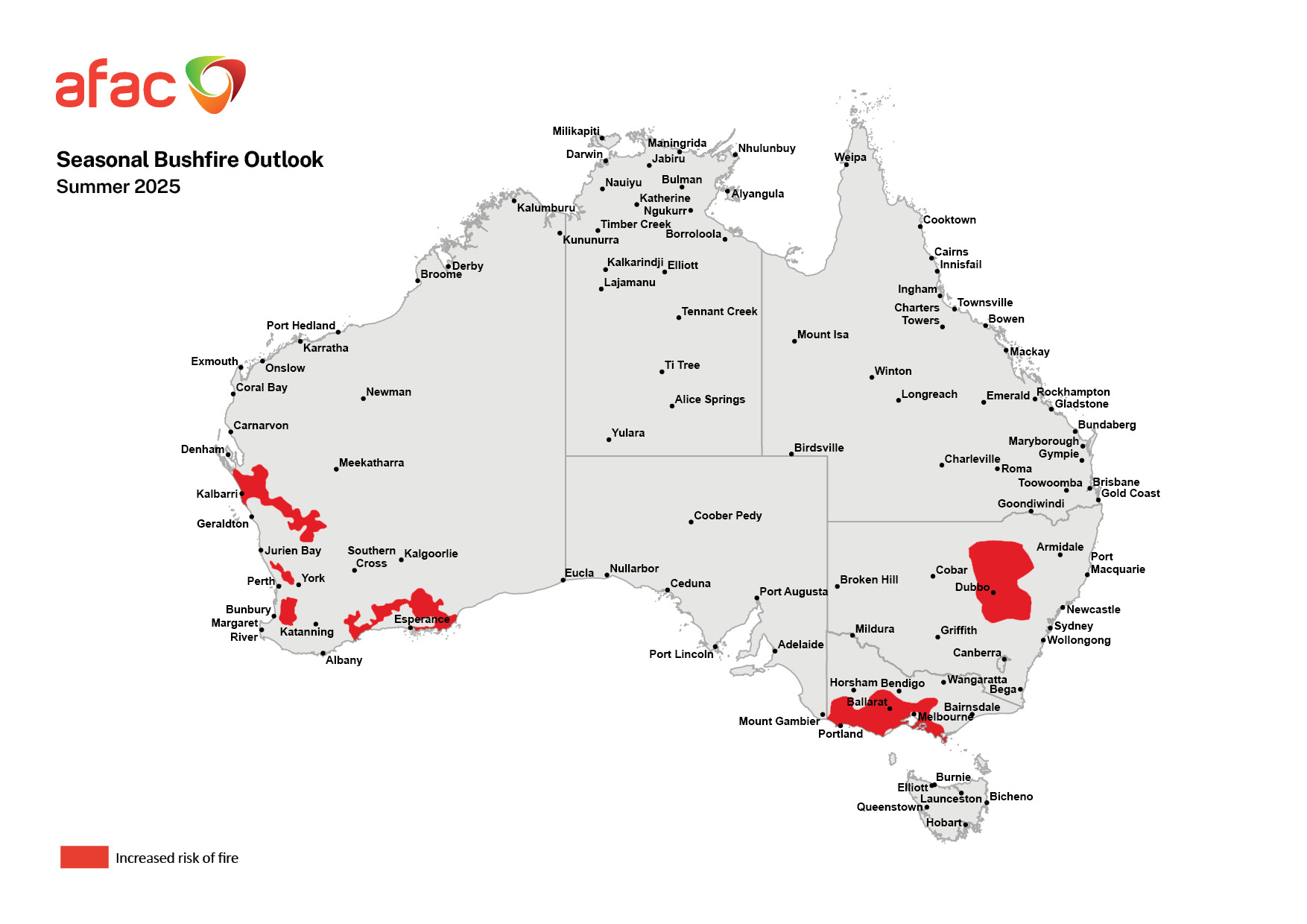
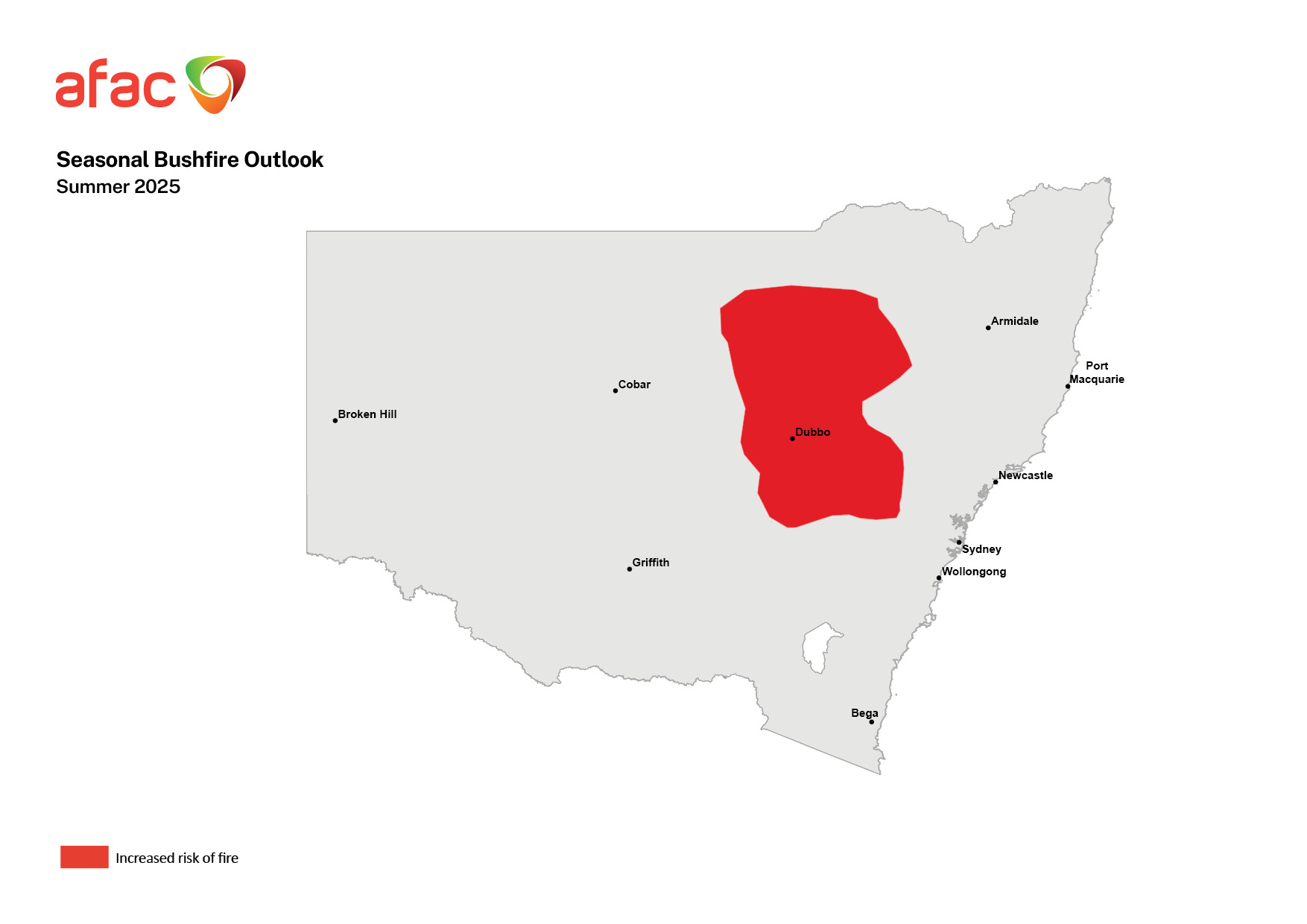

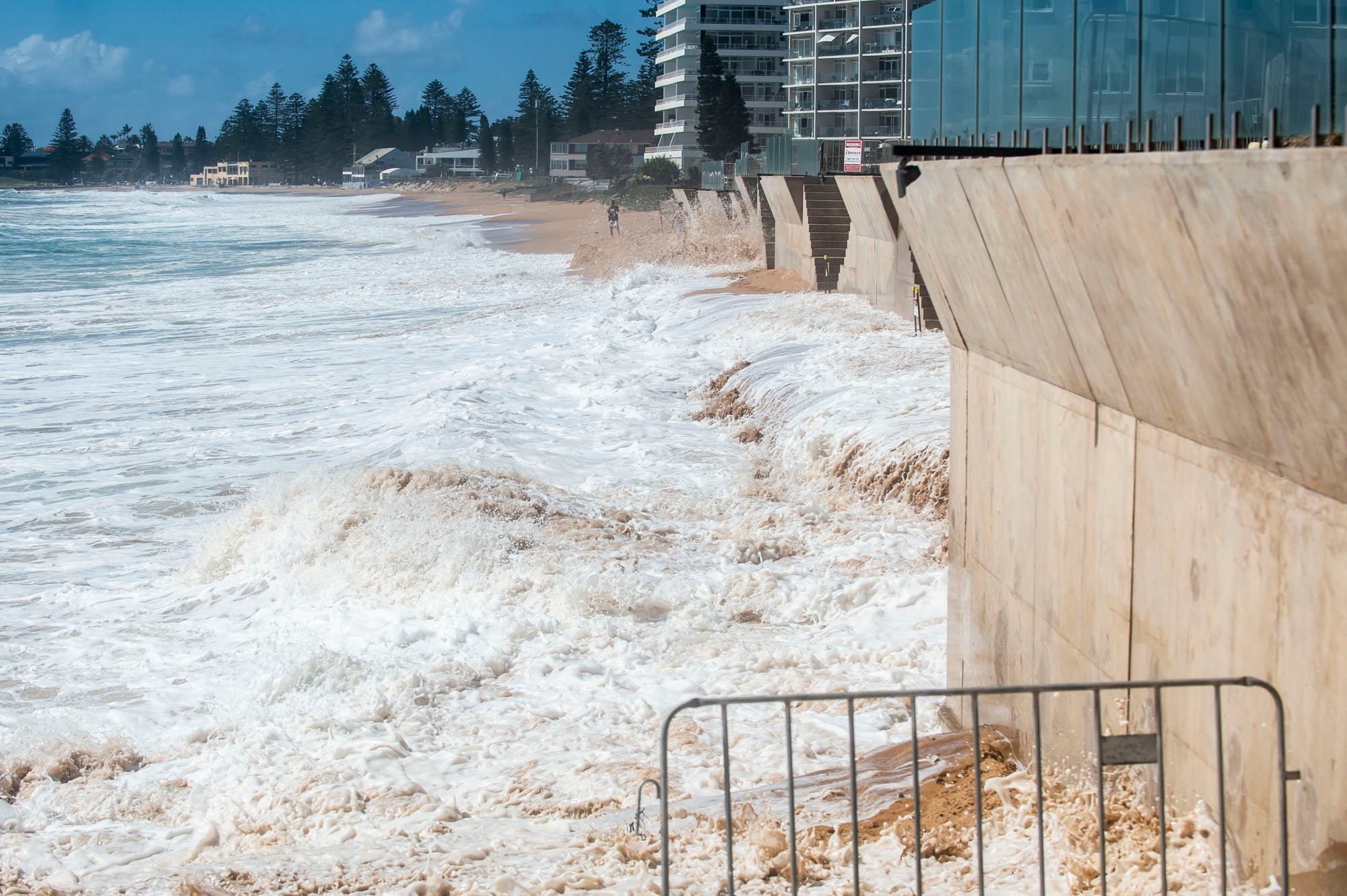




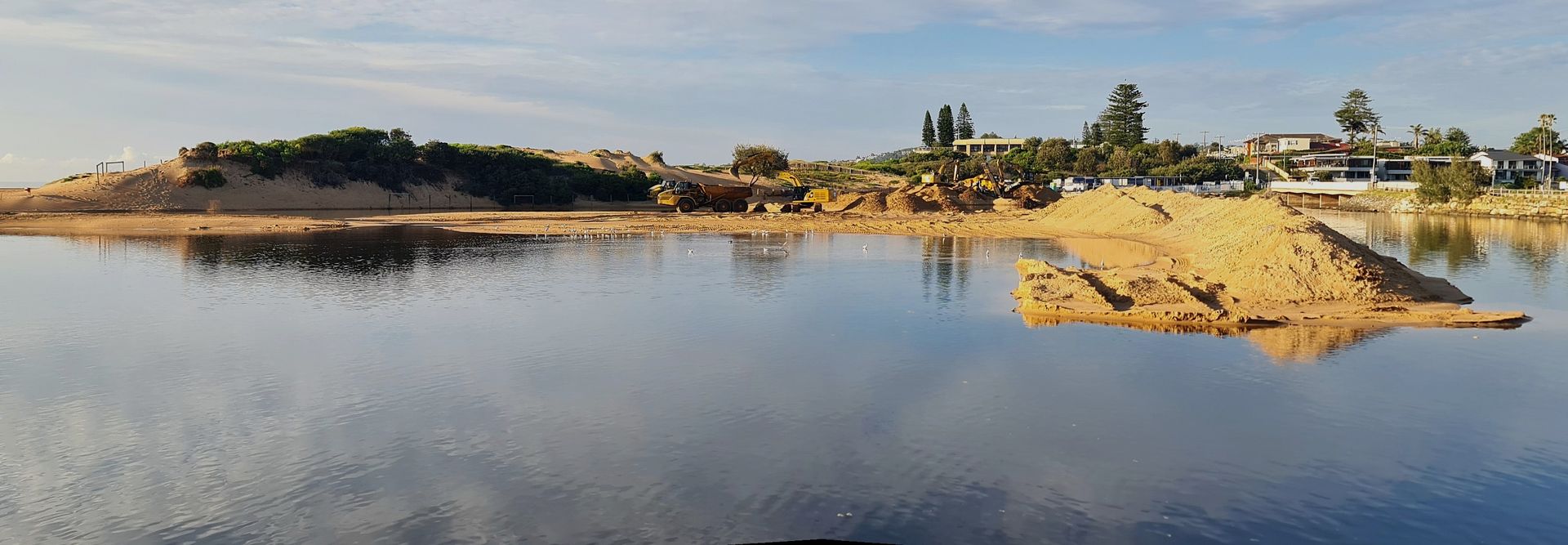

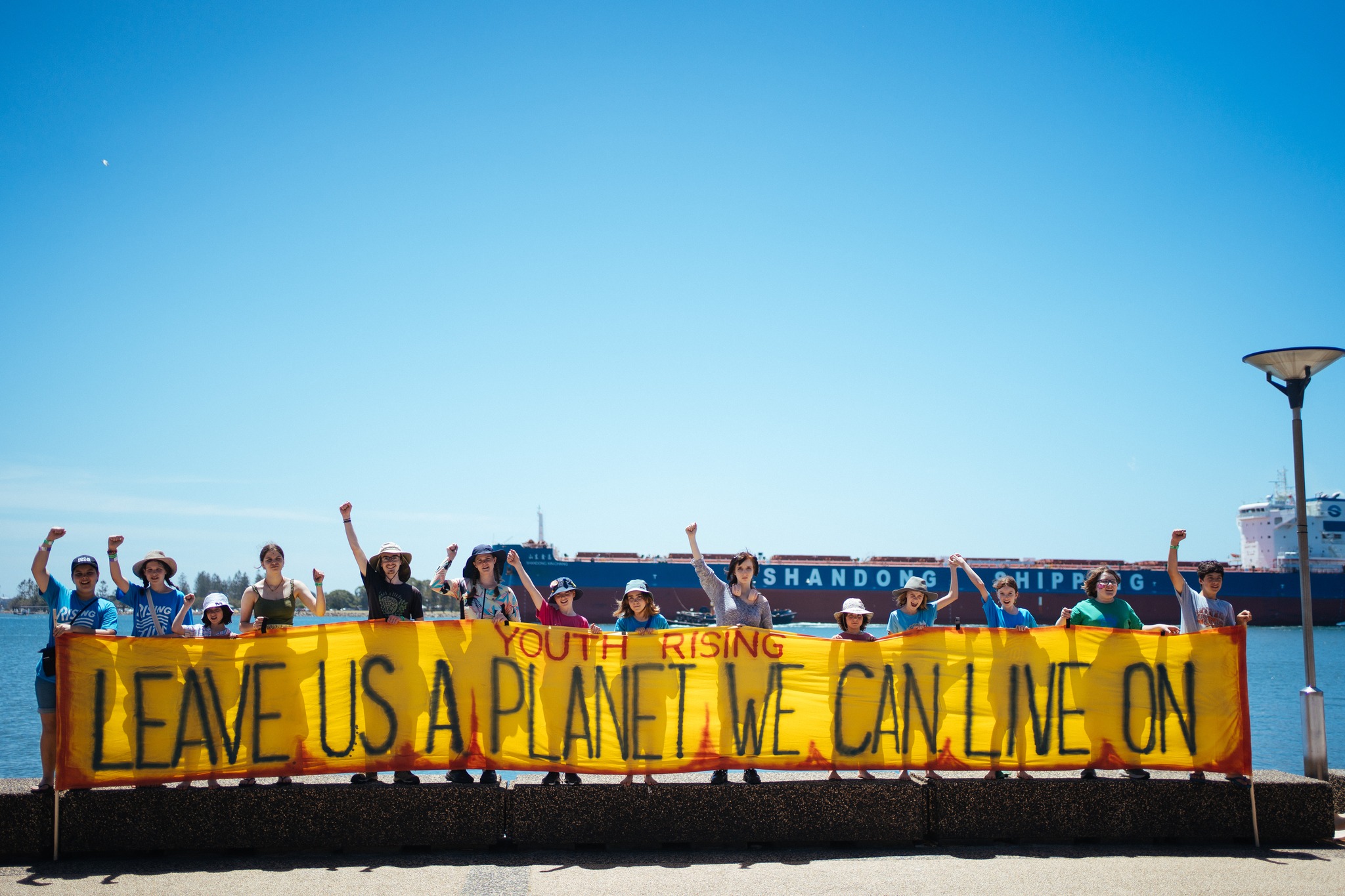


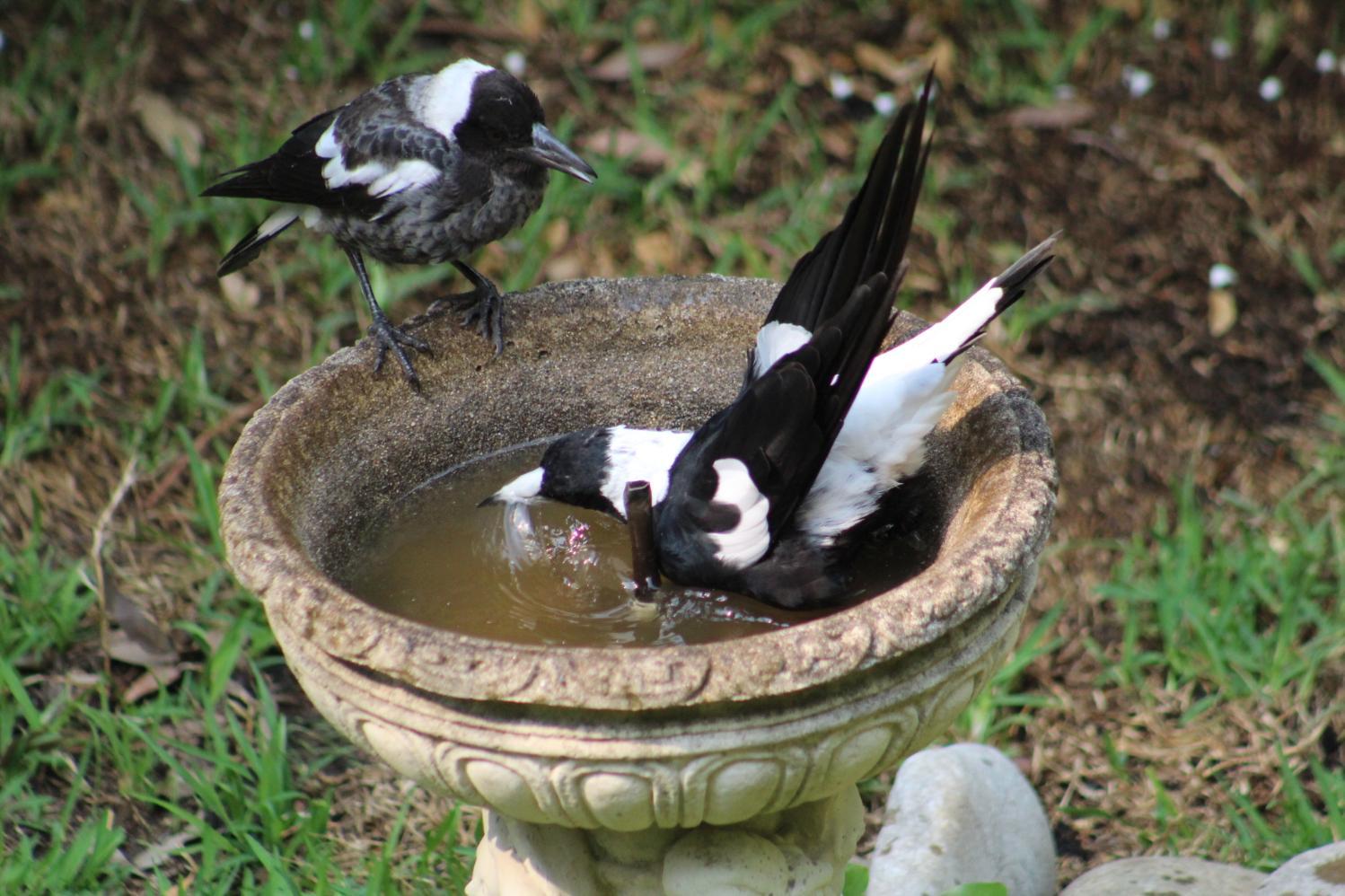


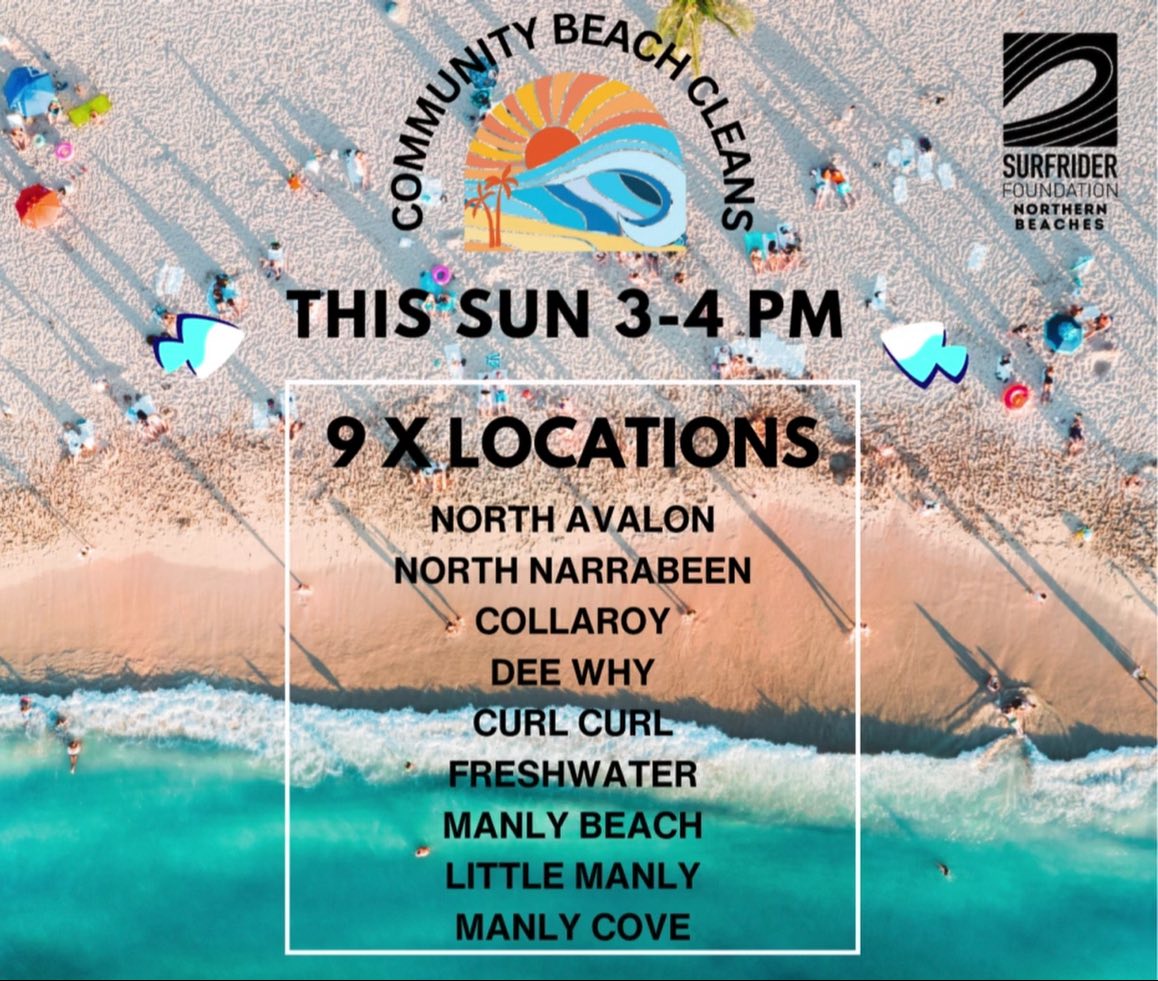

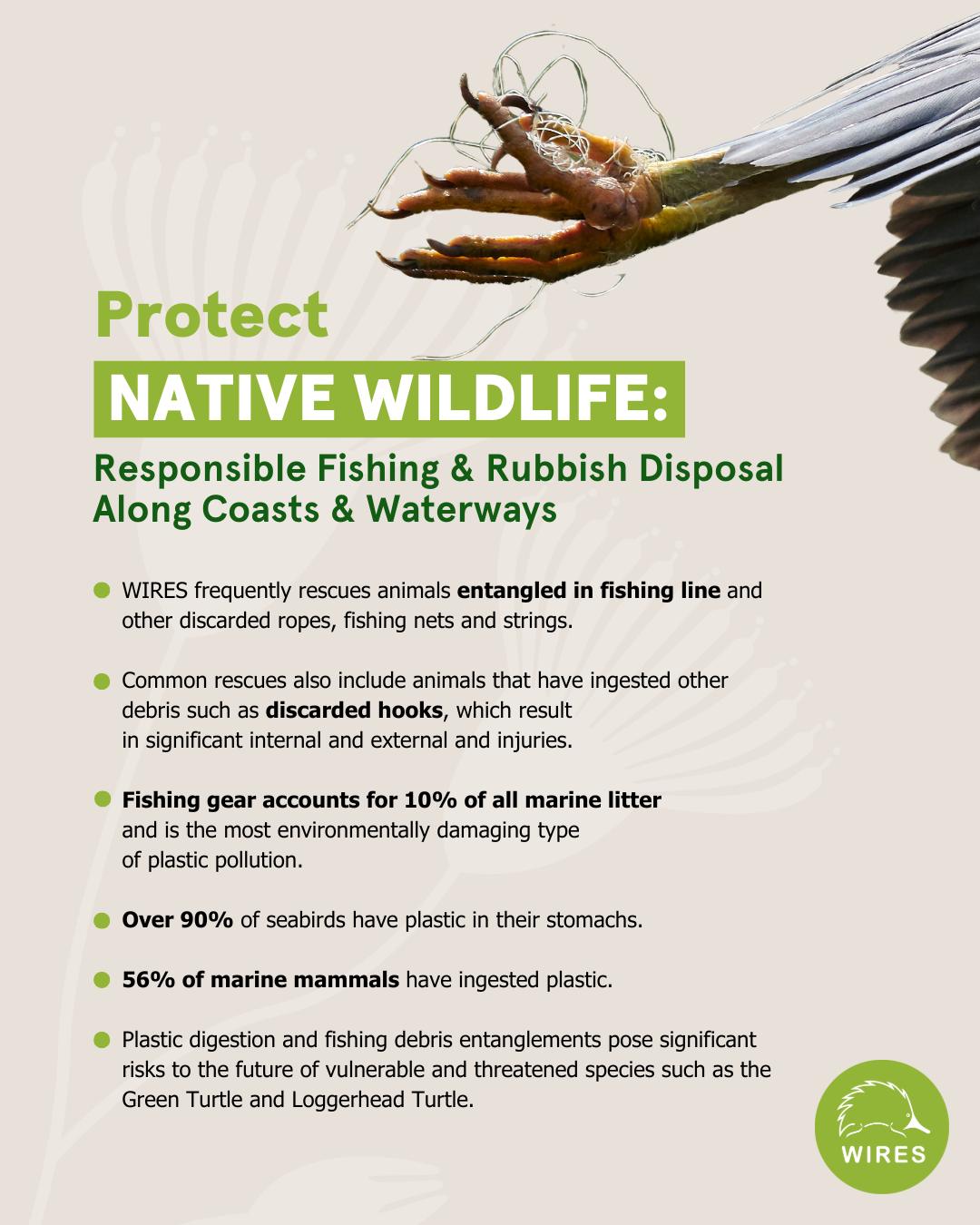
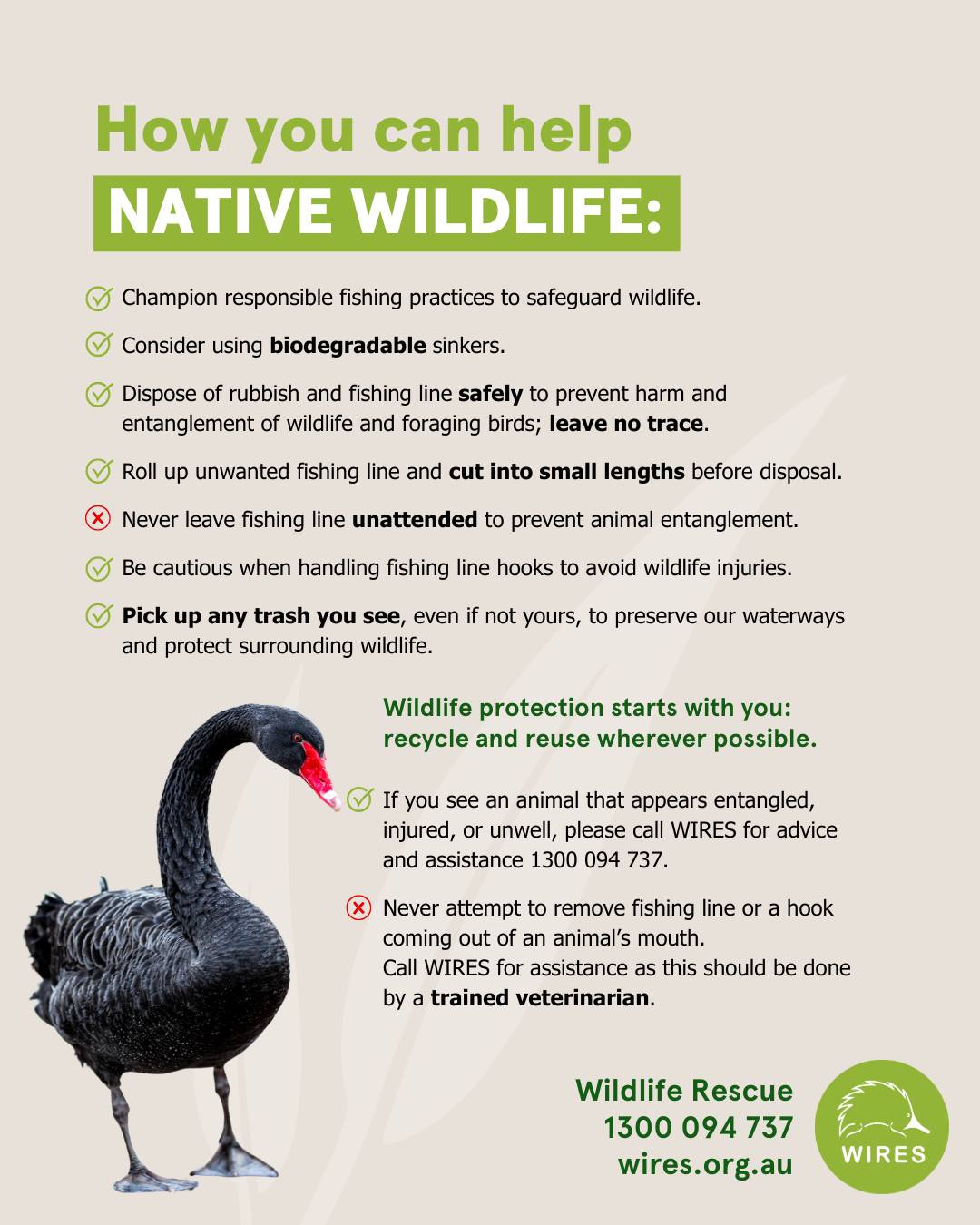

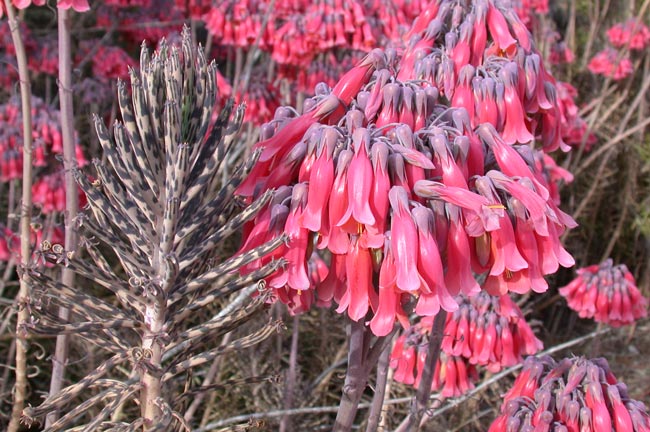




%20(1).jpg?timestamp=1675893929686)
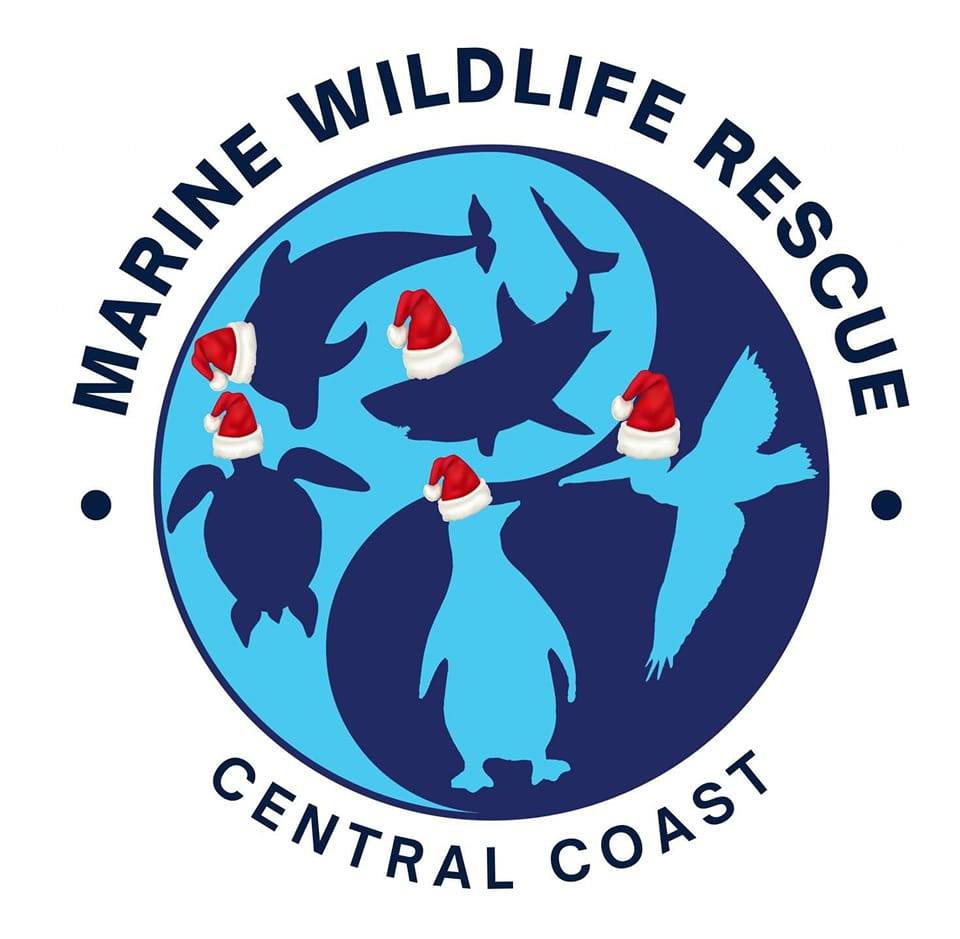
.JPG.opt1460x973o0,0s1460x973.jpg?timestamp=1663629195339)




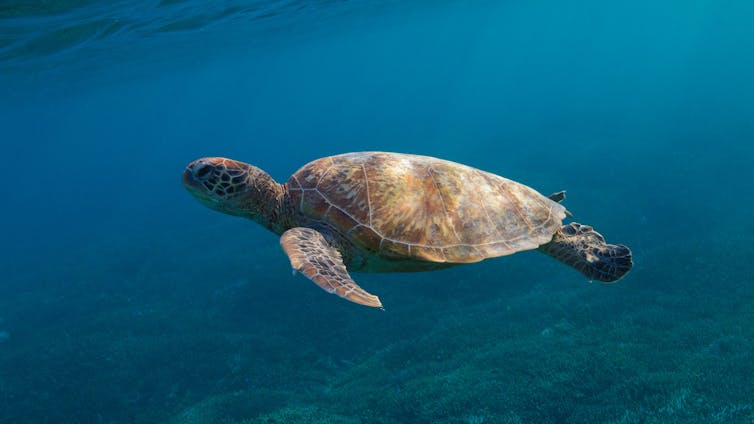
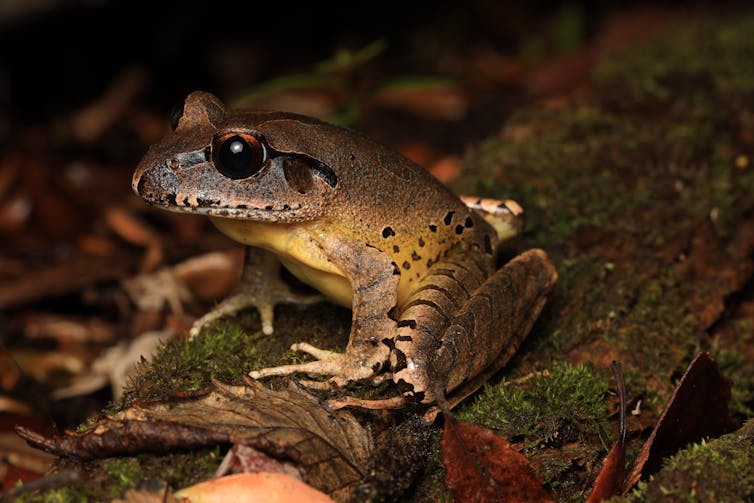
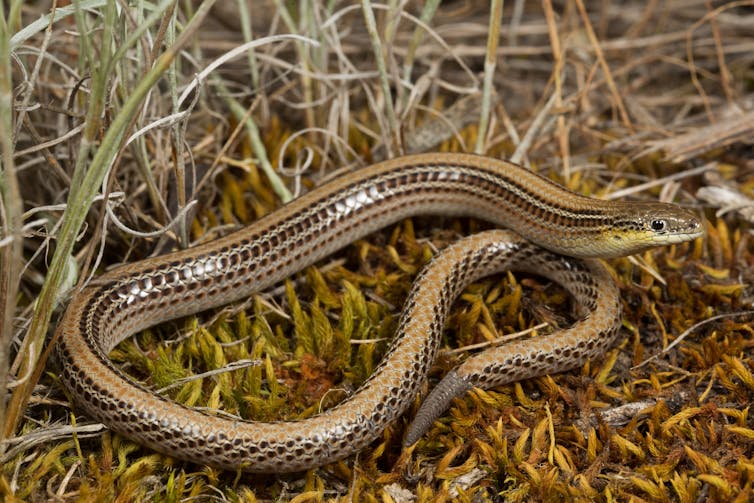

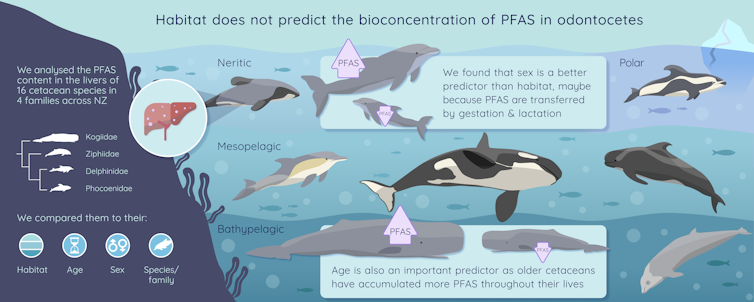


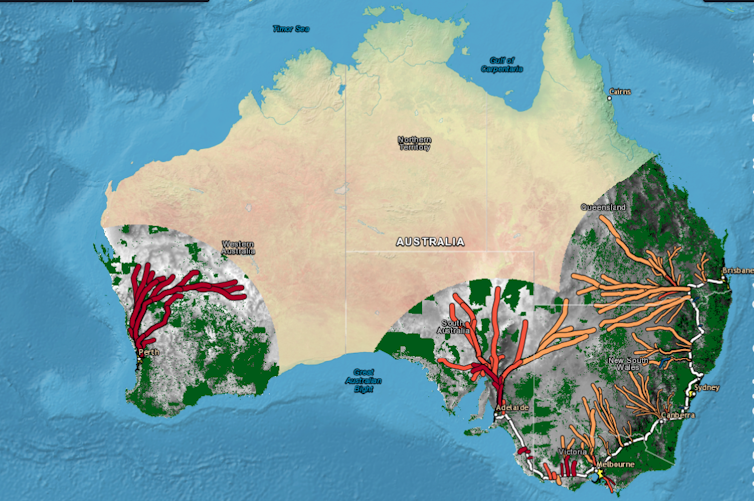
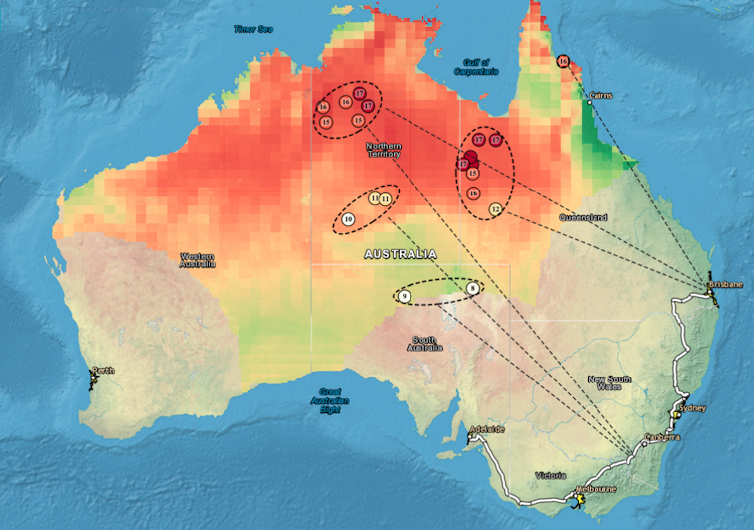






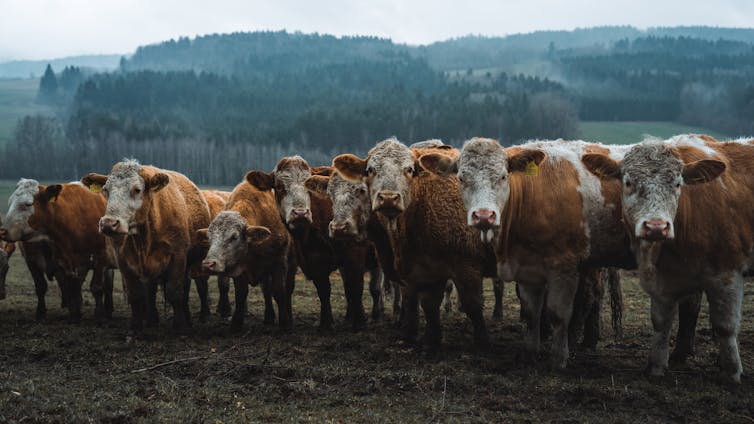


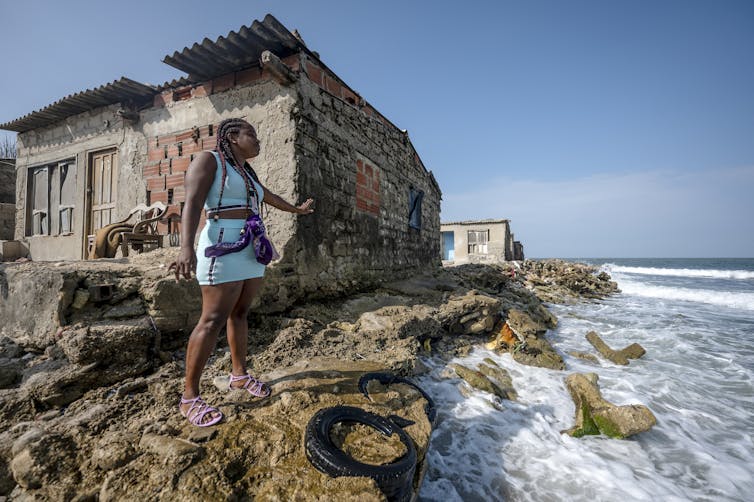
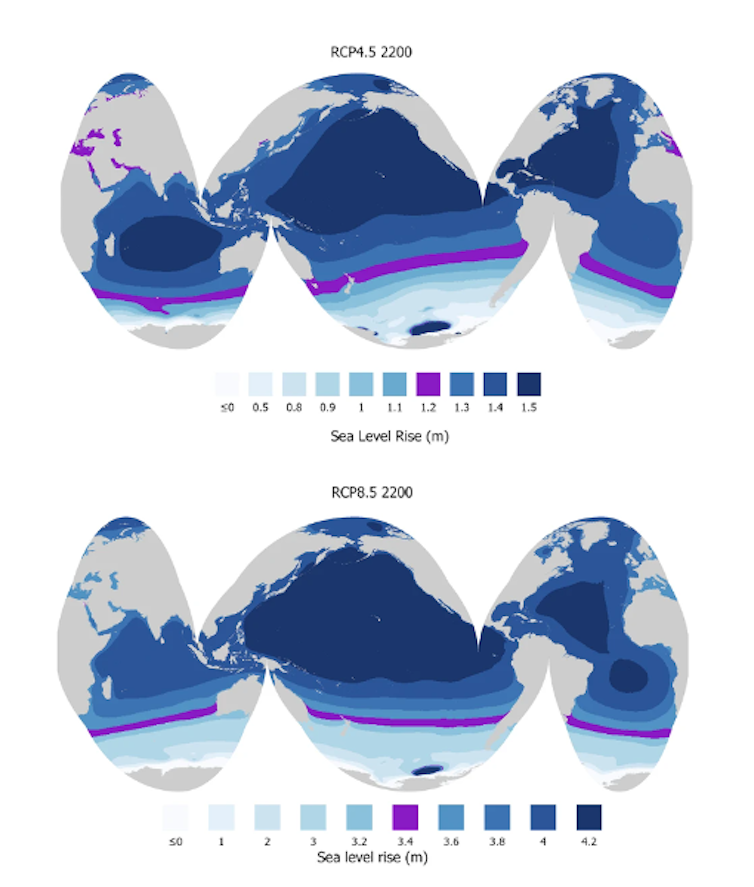
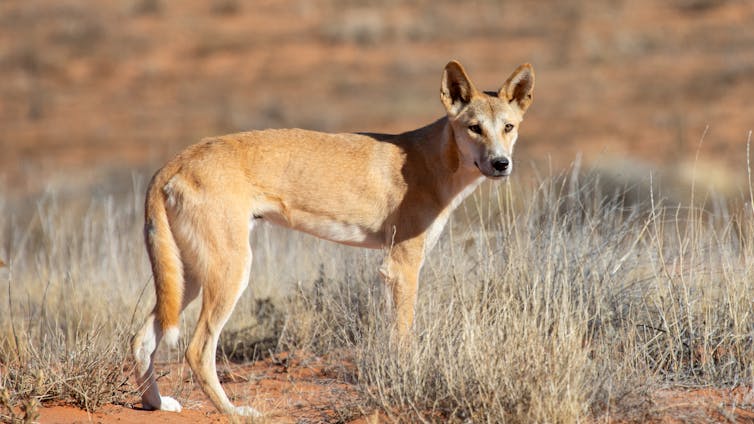

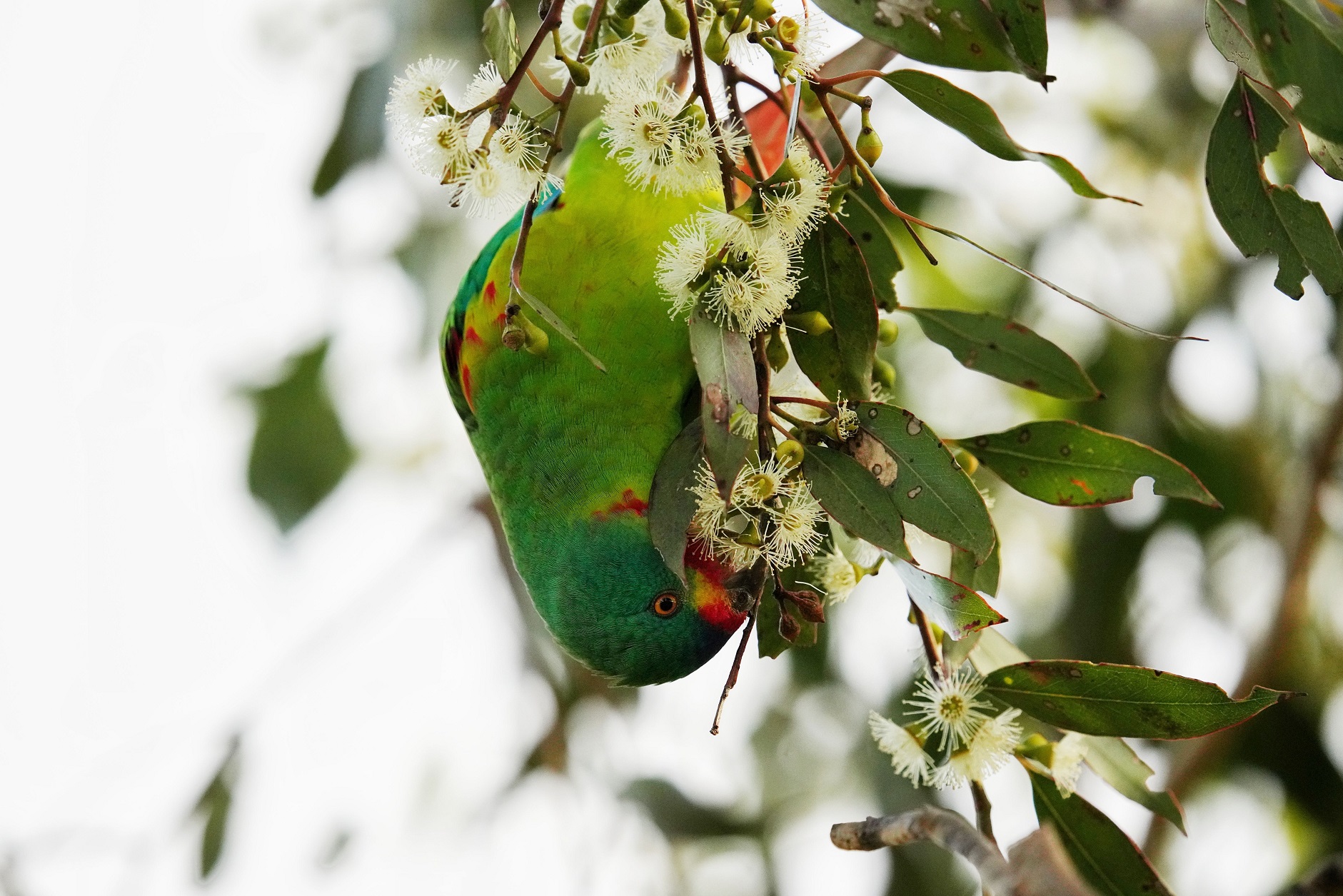

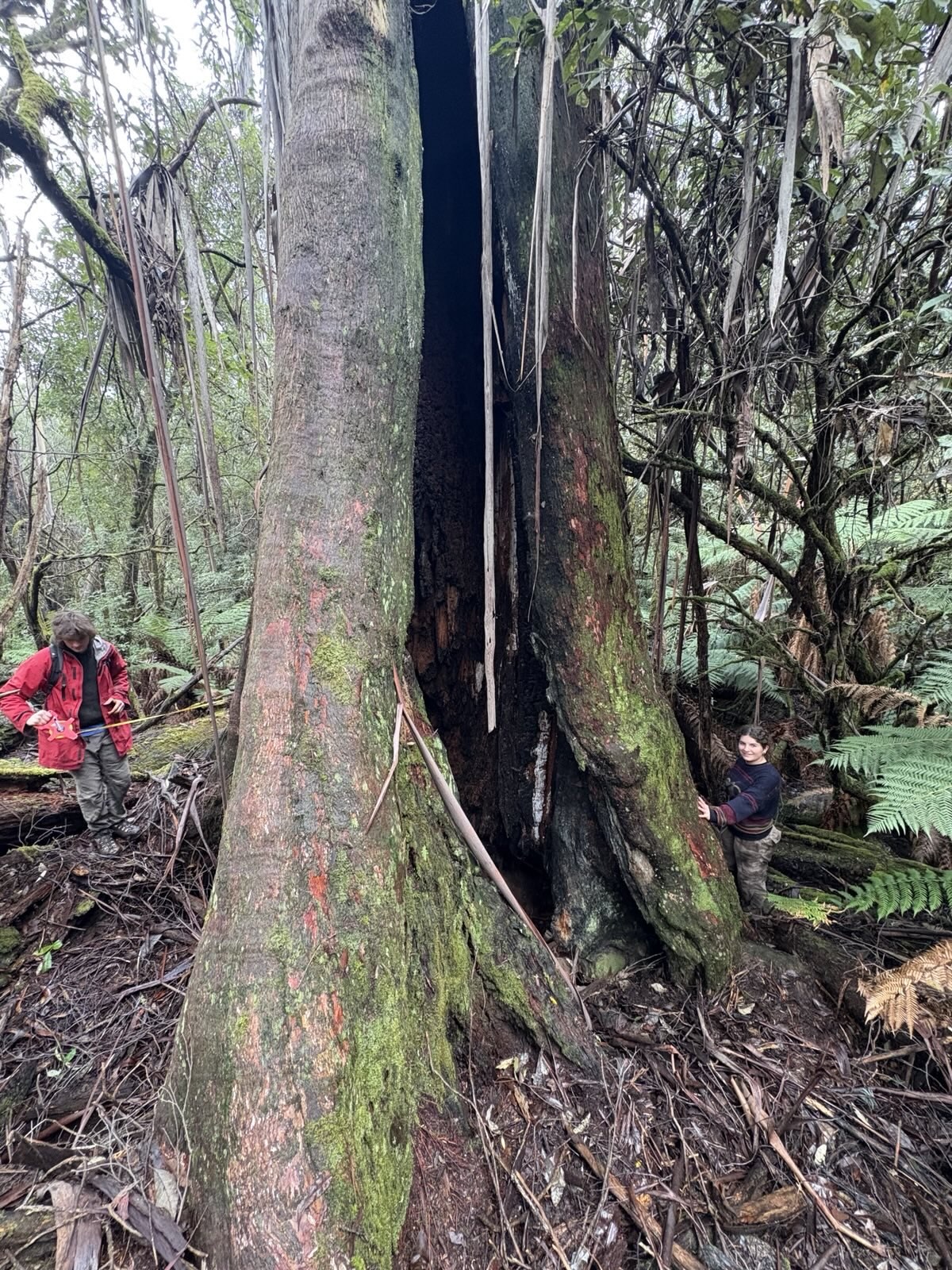

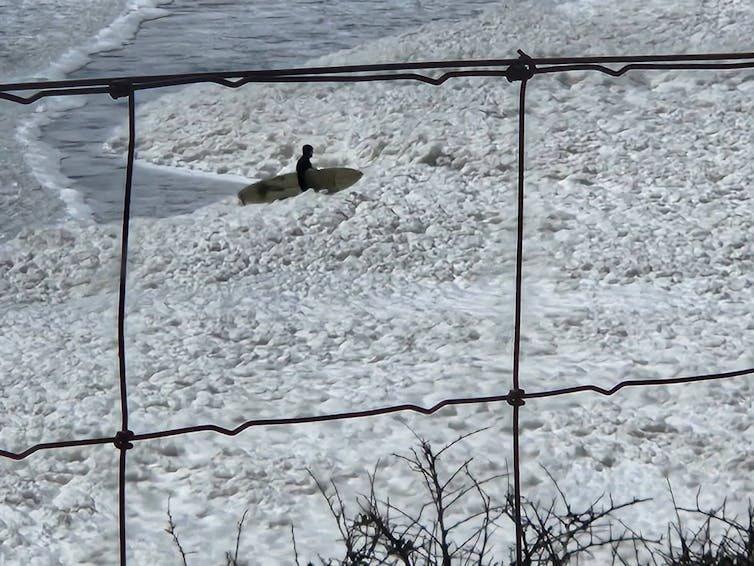

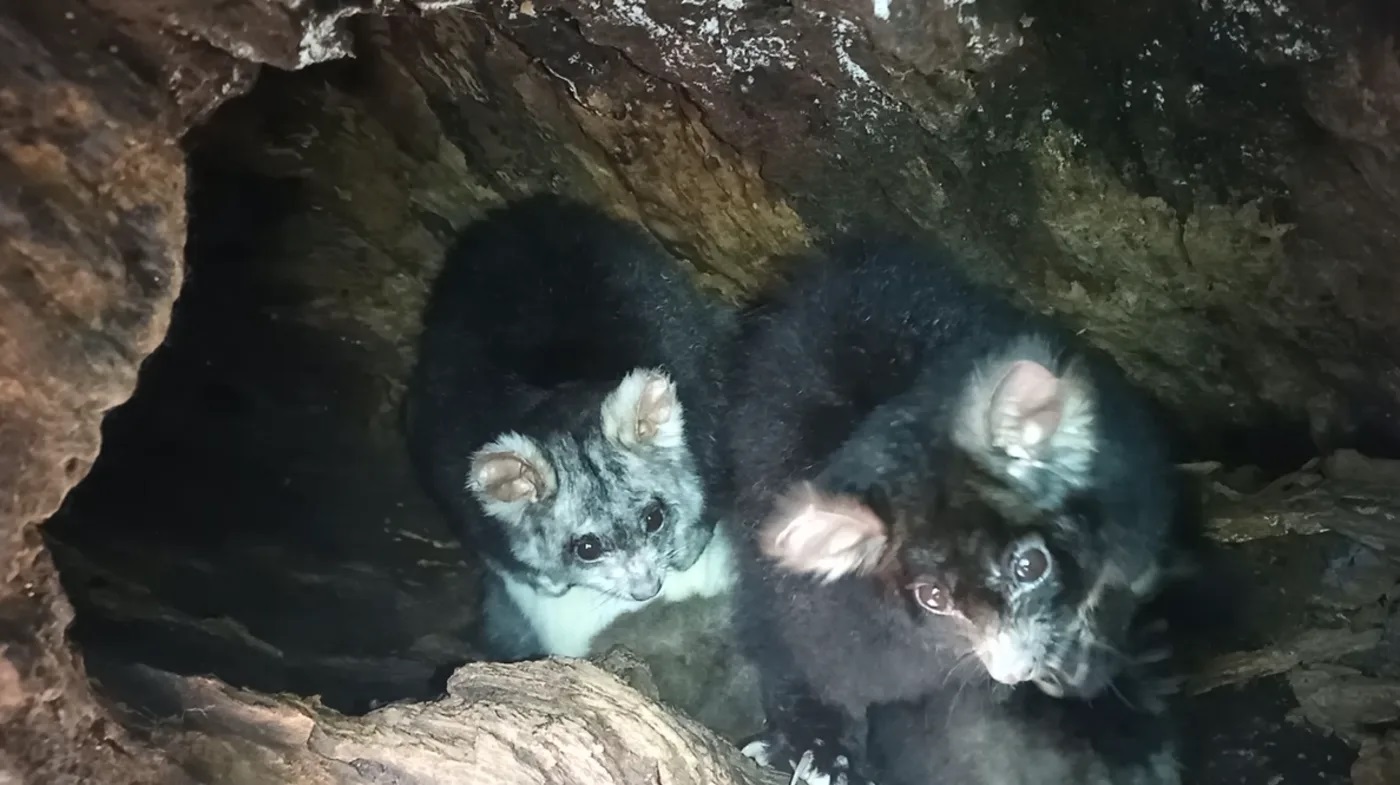
.jpeg?timestamp=1764002812453)
.png?timestamp=1763576812729)


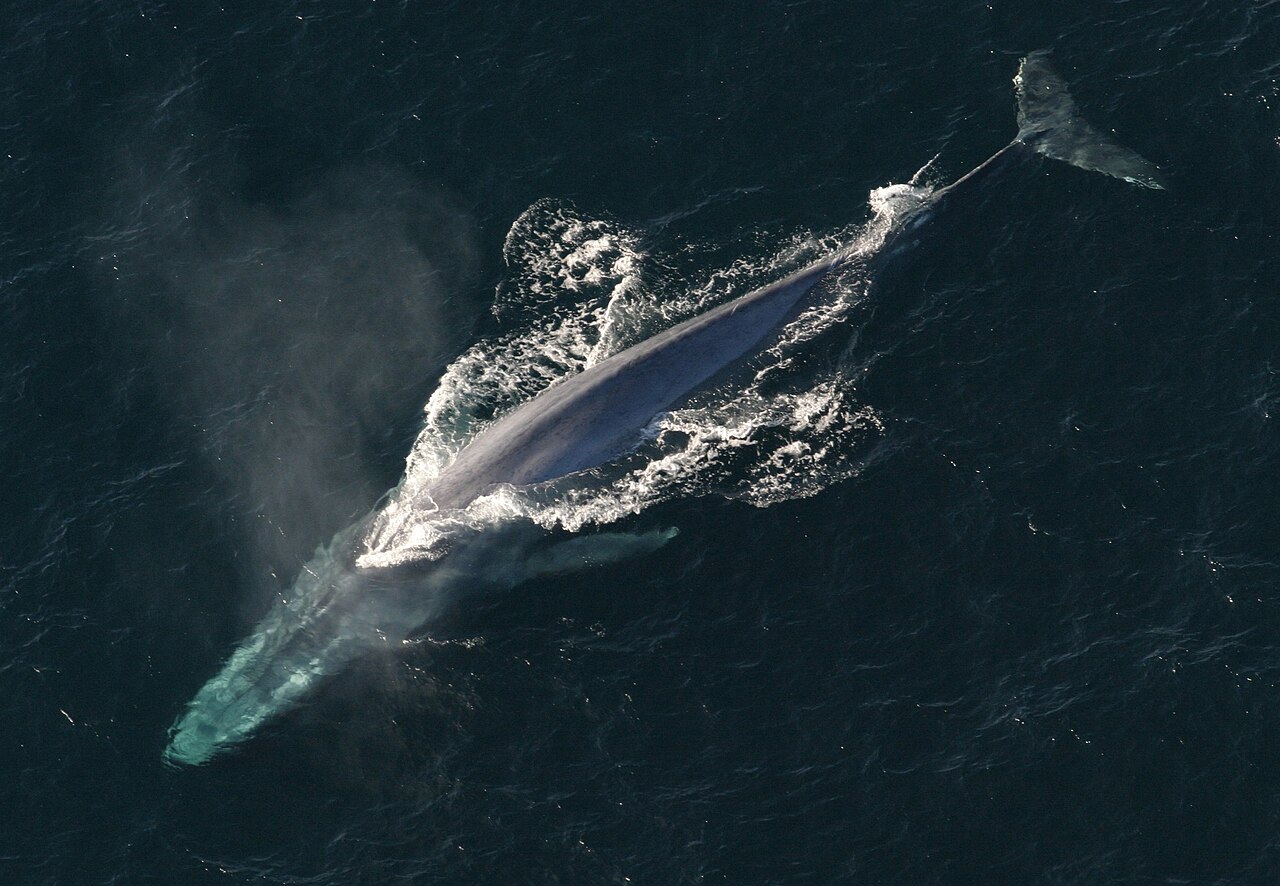




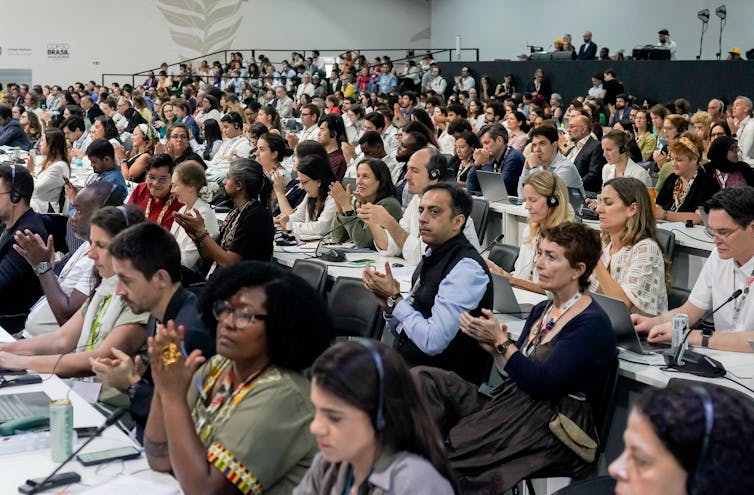










%20(1).jpg?timestamp=1675893929686)

.JPG.opt1460x973o0,0s1460x973.jpg?timestamp=1663629195339)








